2023 McLaren Artura Review: Familiar face, fresh guts
A McLaren with a charging cord was coming sooner or later. The question isn’t whether McLaren will join the parade to electrify—the company has already shown that it can and it will—but whether the shire-folk in Woking will get it right.
The regulators have already come for V-12s, and many V-8s have targets on their backs. Will the transition to hybrid systems with smaller engines dim what should be the enthralling, unforgettable experience of driving a six-figure mid-engine doorstop? We tromped off to Las Vegas Motor Speedway to plug a finger into the socket of the new McLaren Artura in search of an answer. Would the hybrid V-6 supercar have enough sizzle to toast our crumpets?
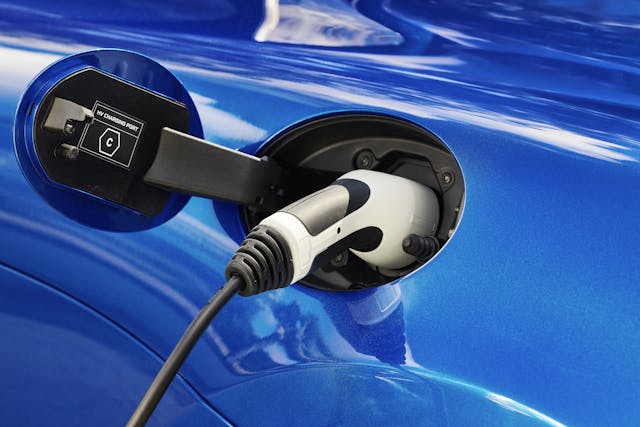
About the model name: The British maker of carbon-fiber dream wedges acknowledges that buyers were confused by its many model designations, which were determined by output measured in metric horsepower (PS). One car—the 570, for example—was also sold as the 600 and the 620, depending on the on-tap power. Though they seemed to be separate models, they were largely the same. More important, perhaps, is that the industry’s move toward electrification is is already bringing 1000-plus-horsepower cars, and McLaren feels that horsepower has faded in significance against other metrics like battery kilowatt-hours and driving range. Then again, “McLaren 7.4-kWh” isn’t a moniker that rolls easily off the tongue.
Hence, Artura—an entirely made-up name that combines “art” and “future.” It’s perhaps appropriate for a car that seems like McLaren’s most ambitious street-legal undertaking since it started making road cars again in 2011, beginning with the MP4-12C. Unlike the company’s prior two hybrids, the P1 and the Speedtail, both highly exclusive million-dollar hypercars, the Artura will be an entry-level offering priced at $237,500 to start.
And as we all know, it is way harder to build cheaper cars well than it is to build million-dollar cars well.
Specs: 2023 McLaren Artura
- Price: $237,500 (base MSRP with destination)
- Powertrain: 3.0-liter twin-turbo V-6, eight-speed dual-clutch automatic transmission; 7.4-kWh lithium-ion battery, axial-flux electric motor
- Horsepower: 671 hp from total system (V-6: 577 hp @ 7500 rpm); (e-motor: 94 hp)
- Torque: 531 lb-ft from total system (V-6: 431 lb-ft @ 2250–7000 rpm); (e-motor: 166 lb-ft)
- Layout: Rear-wheel-drive, mid-engine two-seat hybrid coupe
- Curb weight: 3303 pounds
- EPA-rated fuel economy: TBA
- Electric Range: 11 miles
- 0–60 mph: 3.0 seconds
- 1/4-mile: 10.7 seconds

There’s not much overt bravery in the Artura’s styling, but the car is instantly recognizable as a McLaren. The overall profile is familiar, and the face is defined by two sharp chevrons that echo the McLaren logo. The real developments are underneath. Behind a completely redesigned carbon tub, a novel and nearly flat 120-degree twin-turbo and direct-injected V-6 flushes out 577 horsepower at 7500 rpm, augmented by a bagel-shaped, 94-hp electric motor coaxial to the crankshaft. These units feed their combined peak of 671 horsepower and 571 pound-feet of torque to a new, clean-sheet eight-speed paddle-shift transaxle that saves weight and bulk by having no reverse gear (and, more significantly, no reverse layshaft) as the electric motor can conveniently spin backwards to send the car in reverse. The transmission employs twin clutches, plus a third to disengage the engine from the transmission so the car can run solely on electric power. The Artura is rear-drive only.
At a glance, the specs of the Artura and Ferrari 296 hybrid seem eerily similar, as if spies were afoot in the competing camps. Both run mid-mounted 120-degree turbo 3.0-liter V-6s through “flywheel” electric motors into eight-speed paddle boxes with small, 7-ish-kWh battery packs good for 10–20 miles of pure EV driving. The 819-hp (gas-electric combined) Ferrari offers more protein than the 671-hp (combined) McLaren, for which you pay significantly more ducats. In fact, the Ferrari’s base price is about $100,000 more. But you get more, literally. The mostly aluminum Ferrari is 300 pounds heavier than the carbon-fiber Artura with its claimed 3300-pound curb weight.

You get the idea; in this age of electrification, great minds are thinking alike in the exotic-car game. The smaller turbo engines and limited electric-only driving range are mainly for European cities that mandate zero-emissions downtown zones, as well as American gated communities that don’t condone brash supercar exhaust noise. Eventually these hybrids will give way to full electrics, but in the meantime, they’re a pretty thrilling bridge between the eras.
Crack the McLaren’s butterfly “billionaire” doors to see McLaren’s fresh take on its all-digital and modernistic cockpit motif. The buttons have been simplified, the old controls for drive mode and stability control simplified into sleek twist paddles that bracket the driver’s cluster. They can be reached with fingers from a hand still gripping the wheel—a welcome improvement over McLaren’s “Active,” push-a-button-to-push-a-button setup in the older cars.
As in most new vehicles, a central touch-screen tablet dominates the cockpit design. McLaren did not take the difficult route of integrating this eight-inch high-def screen neatly into the dash, though some carmakers do try. Instead, it’s mounted freestanding on a plinth as though it’s something out of the Sharper Image catalog. Car tablets are ubiquitous now, as universal as TV screens in airliners, so this is not really a complaint.
The screen is easy to use, too. McLaren’s redesigned menus provide easy access to (at last!) the Apple CarPlay and Android Auto gateways as well as the car’s other functions. They include the Artura’s all-electric climate control, which is said to provide quicker heating and cooling than a system running off of the gas engine, and its 12-speaker Bowers & Wilkins sound machine, which for the first time includes a subwoofer incorporated directly into the carbon tub.
Also redesigned are the seat controls, which is a positive change from the prior experience of sending blind hand down the front of a McLaren seat in the hope of finding the right control among a byzantine battery of toggles and switches. Further Artura comforts: electric tilt and telescoping steering, and a new optional Clubsport seat that offers the look and feel of a lightweight racing shell but with an adjustable backrest and a clever, elliptical seat-height adjuster that doesn’t change the relationship of the seat to the wheel and pedals even as you move it up or down.
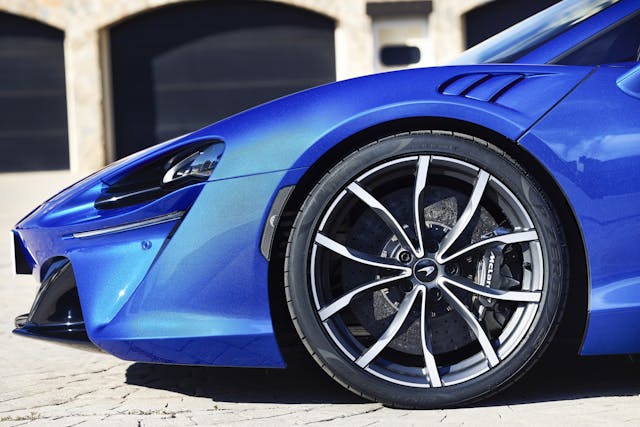
Despite the badge on the nose, the Artura is designed to be all-day comfortable, an exotic commuter for the still-working rich. We spent four hours in it and found it to be exactly that, with a cosseting interior, friendly controls, and good sightlines in almost every direction (a McLaren hallmark). The ride was relatively relaxed with the electronically adjustable shocks in their softest setting, despite 35-series Pirelli PZero Corsa rubberbands on the rims.
The Ferrari 296 notwithstanding, McLaren’s first direct-injection engine is an odd duck. The angle of the cylinder banks is wide enough that it’s an almost-flat six, one that inhales upward from airboxes on the underside and exhales into twin turbos in the vee. The design puts the crankshaft two inches lower than in McLaren’s V-8 cars and the engine’s nearly flat configuration further lowers its center of gravity for better handling. The 90-mm stroke is just long enough to take advantage of the turbo’s boost but short enough to keep the engine compact (Ferrari runs a shorter stroke and a bigger bore to achieve almost exactly the same displacement, 2992 cc vs. 2993, advertising an 8000-rpm power peak to the McLaren’s 7500).
In action, the McLaren’s so-called M630 engine is glassy smooth and the sound a nearly uniform burr of mechanical noise (the car sounds better outside than in, to be sure). It’s more of an anodyne thrust unit than a barking, spitting, waste-gate-whistling fire-breather, though the thrust is surely startling. McLaren puts the 60-mph sprint at three seconds flat and we have no reason to doubt it. Rather than increasing overall output, the electric motor’s main duty is to fill in potholes in the small engine’s power curve with the efficiency of an autobahn paving crew. For example, the motor helps enrich the V-6’s low-end torque before the turbos have spun up, and it compensates for torque gaps during upshifts. The result is one firm, unceasing sensation of acceleration, with Tesla-like weight on your chest. In fact, McLaren was able to upsize the turbos for optimal high-end output because it knew that slower spin-up, a drawback of big turbos, wasn’t as important thanks to the electric shove from the motor at low revs.
The all-wheel-drive Corvette E-Ray, for reference, hits 60 mph in 2.5 seconds with its naturally aspirated V-8 and electric motor, despite weighing about 700 pounds more and costing just over $100,000. That said, the Artura can boast an exotic badge and dramatic doors that communicate a certain level of status.

The Artura starts in its default E-Mode, and it will drive 11 miles on the EPA cycle in pure EV form, the cabin as quiet as Chichester Cathedral on a Tuesday. We were able to stretch it to 19 miles with modest throttle applications. Once you’ve drained the battery, you can tell the Artura to recharge itself while motoring exclusively on gasoline, meaning you’ll have some electrons in the tank if you wish to slink your last miles home silently.
McLaren proudly stands by hydraulic power steering even as the rest of the industry years ago moved to electric steering boost. And, indeed, you can feel some vague tugs and sags of the Artura’s front tires at work, so the filter is definitely less pronounced than in the many steer-by-wire vehicles that have emerged since EPAS (electric power-assisted steering) became common. For some, it might be the chief reason to pick an Artura over a similarly priced (with options) Porsche 911 Turbo.
McLaren’s first cut-price hybrid is also its first car with an electronic differential to control side-to-side torque, which encouraged engineers to design a drift setting for the stability control. In fact, not just one but 15 settings allow increasing degrees of sideways hoonery, selectable through menu layers deep enough that there’s no possible way to activate it by accident. Around Las Vegas Speedway’s road course we toyed with the settings, finding level 12 to be plenty hairy enough to get the car sideways in lurid slides without risking a snap spin. As with many mid-engine cars, the Artura is not an easy drifter, and if you’re at all hesitant on the throttle it snaps back to alignment. The engine’s location behind the seats ensures centralized weight and more stable and predictable handling, all of which works against easy drifting.
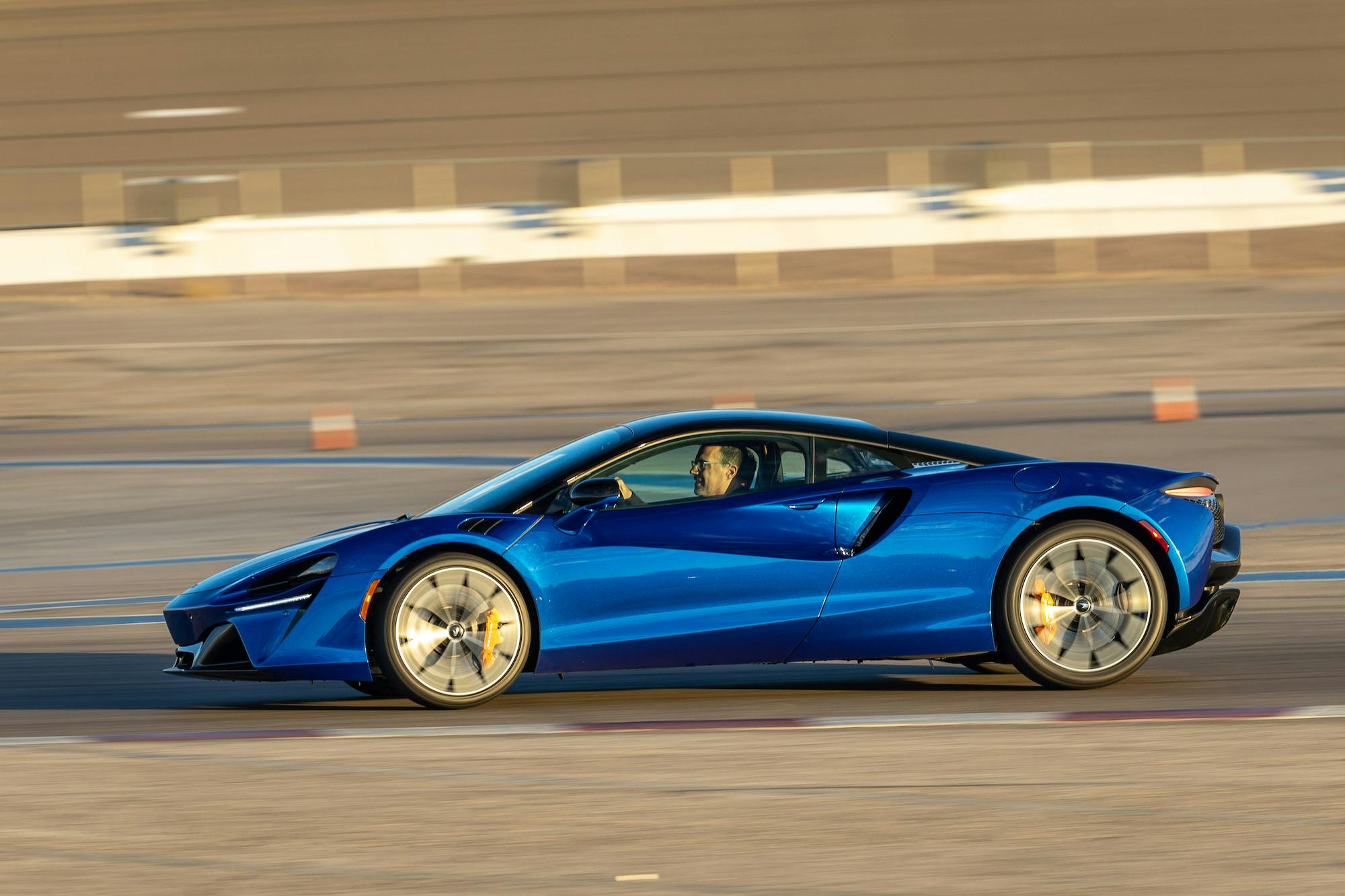
McLaren’s new budget car is one of its best efforts yet, and for a time this hybrid will stand as the company’s most sophisticated opus until its technologies filter upwards into the more powerful models. Already there’s talk of an R variant among other spinoffs that, in the service of more testosterone, will grind some of the polish off this generally soft-edged exotic. The standard Artura is already a hoot, suggesting this era of transition at McLaren promises to be anything but boring.
2023 McLaren Artura
Price: $237,500 / $289,900 (base / as-tested)
Highs: Latest tech for the lowest price in the lineup. A true every-day supercar. Cockpit layout benefits from newfound logic.
Lows: Engine is a bit anodyne. Shrinking violets need not apply—design is for dedicated show-offs.
Takeaway: The Artura is McLaren’s convincing evidence that bridging the gap between combustion and electrification need not be a bridge too far.
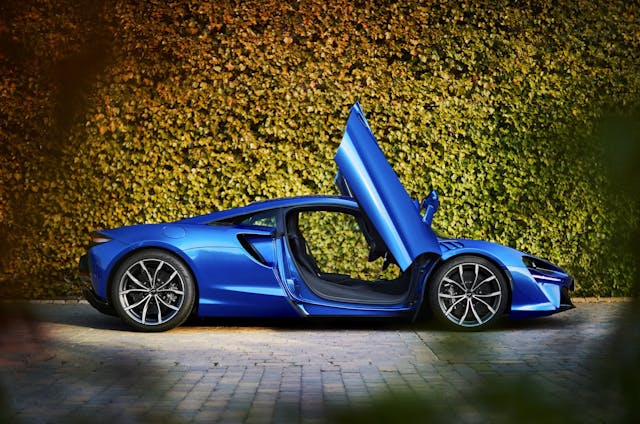
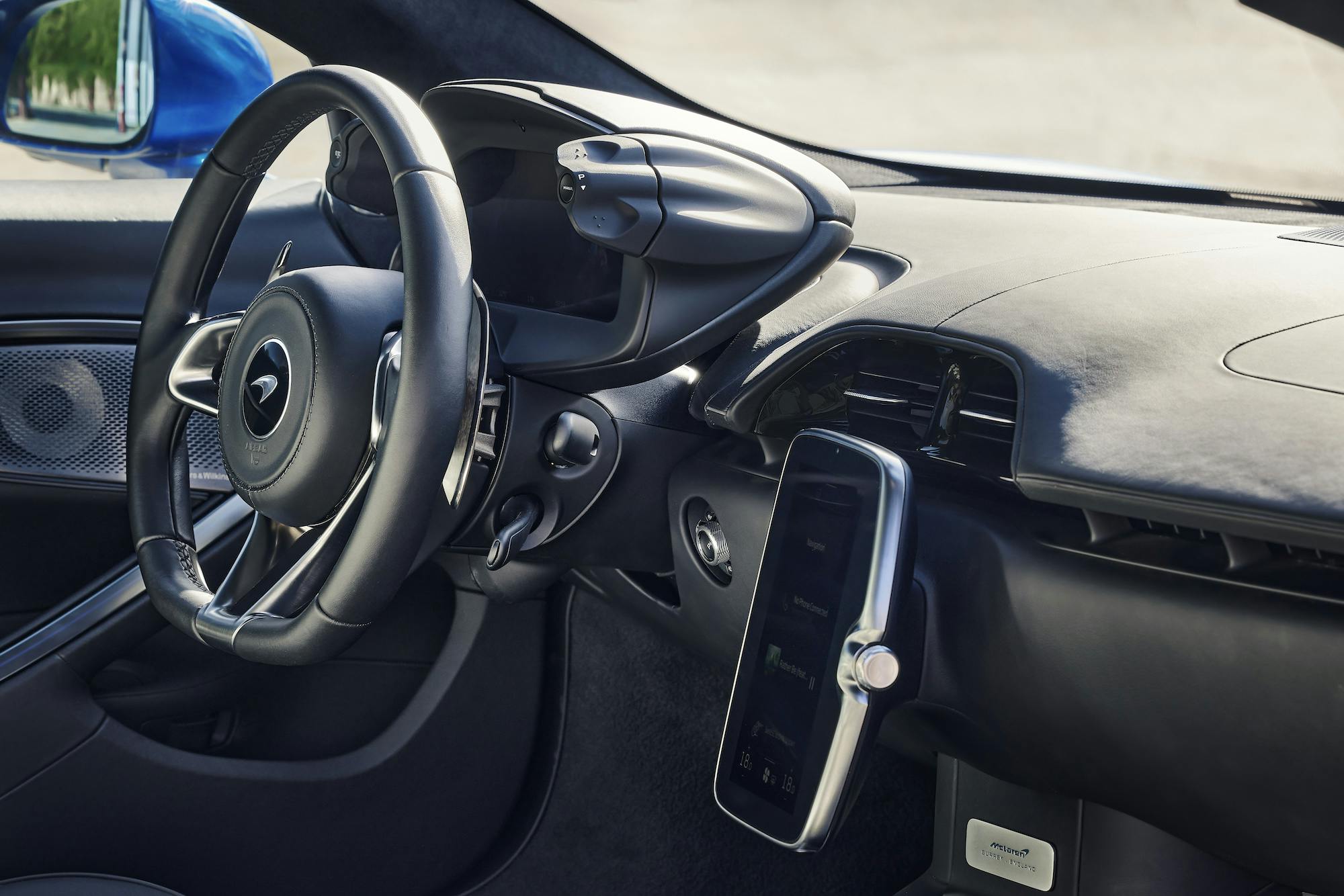

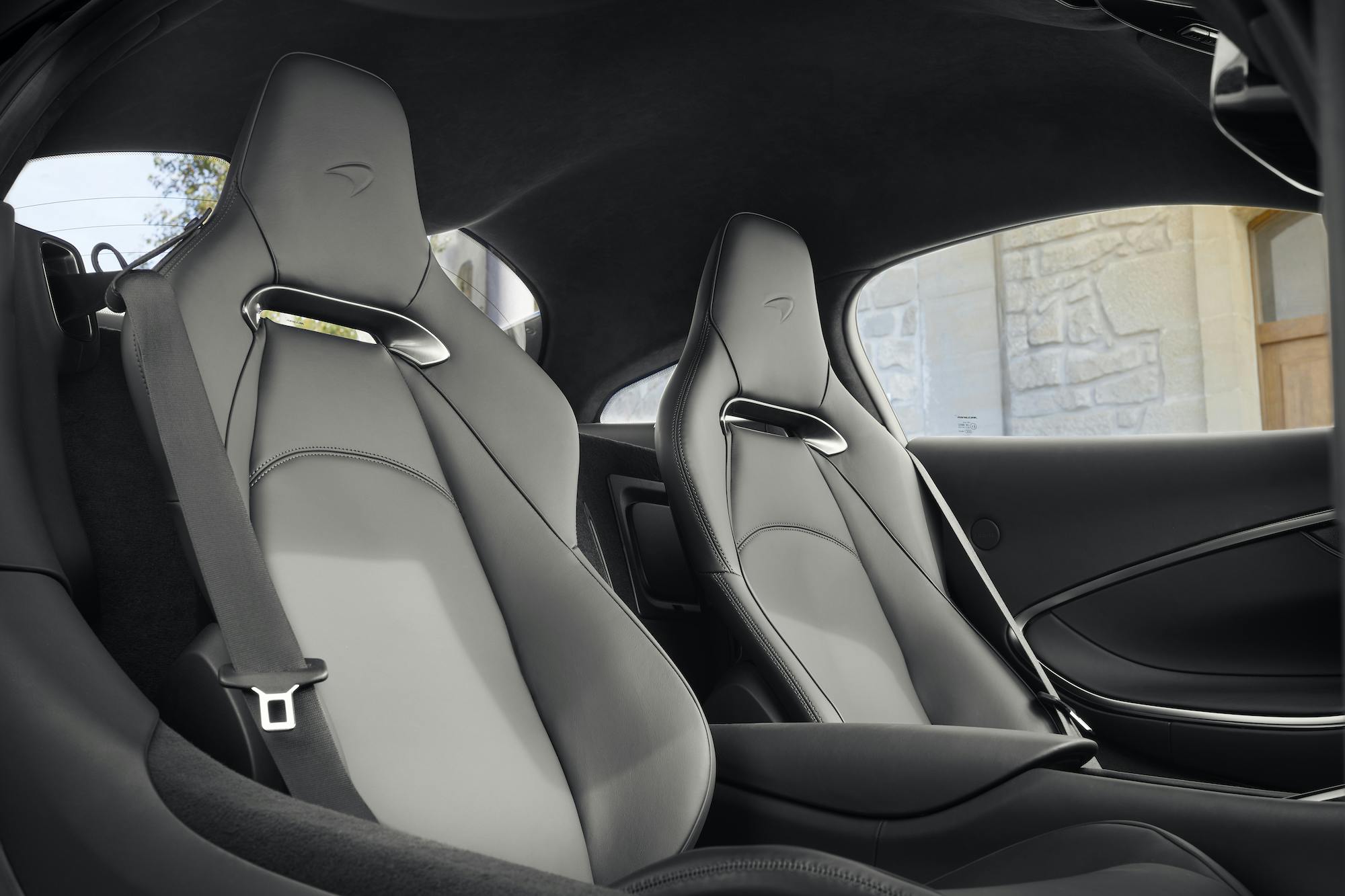

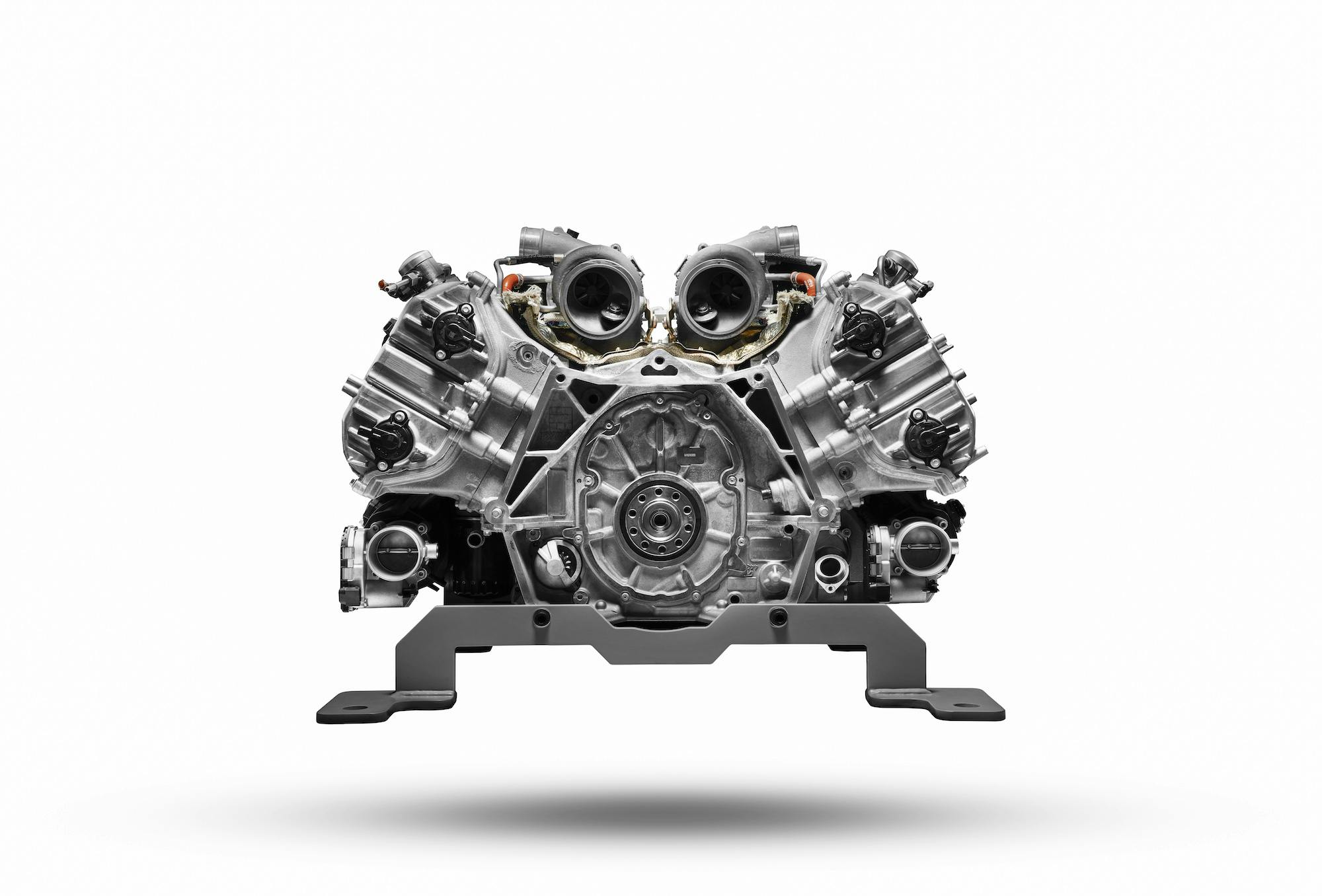
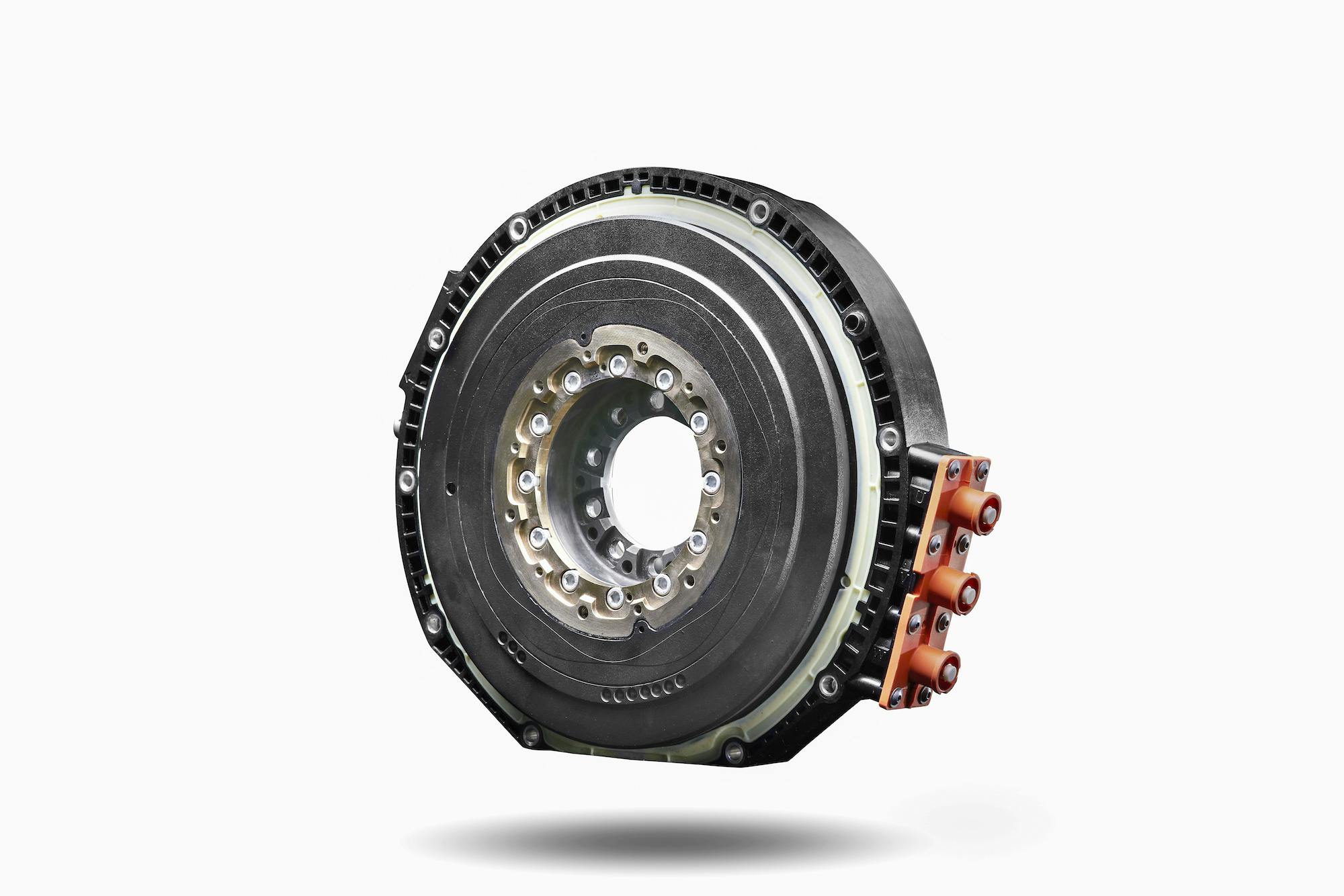
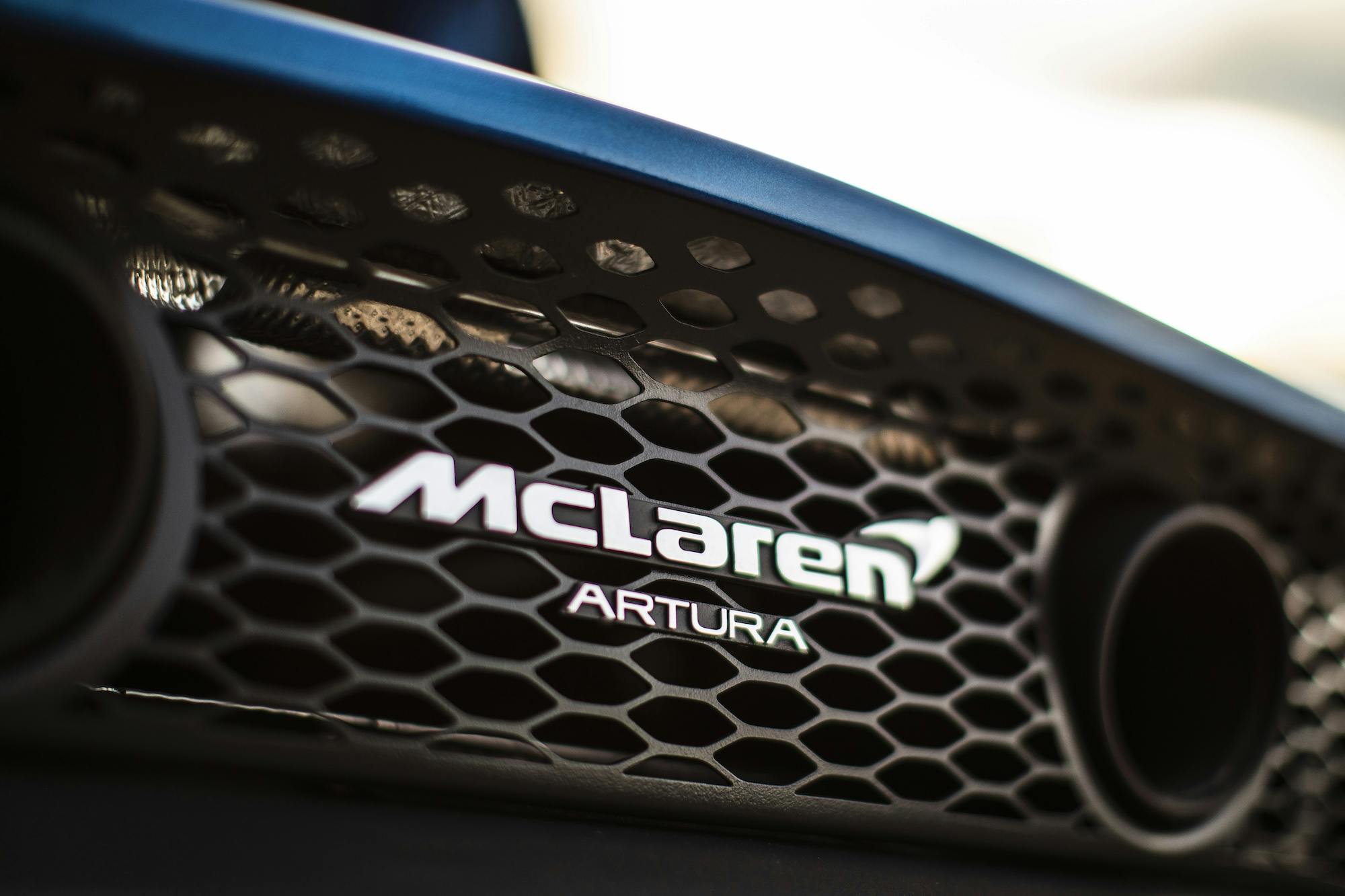

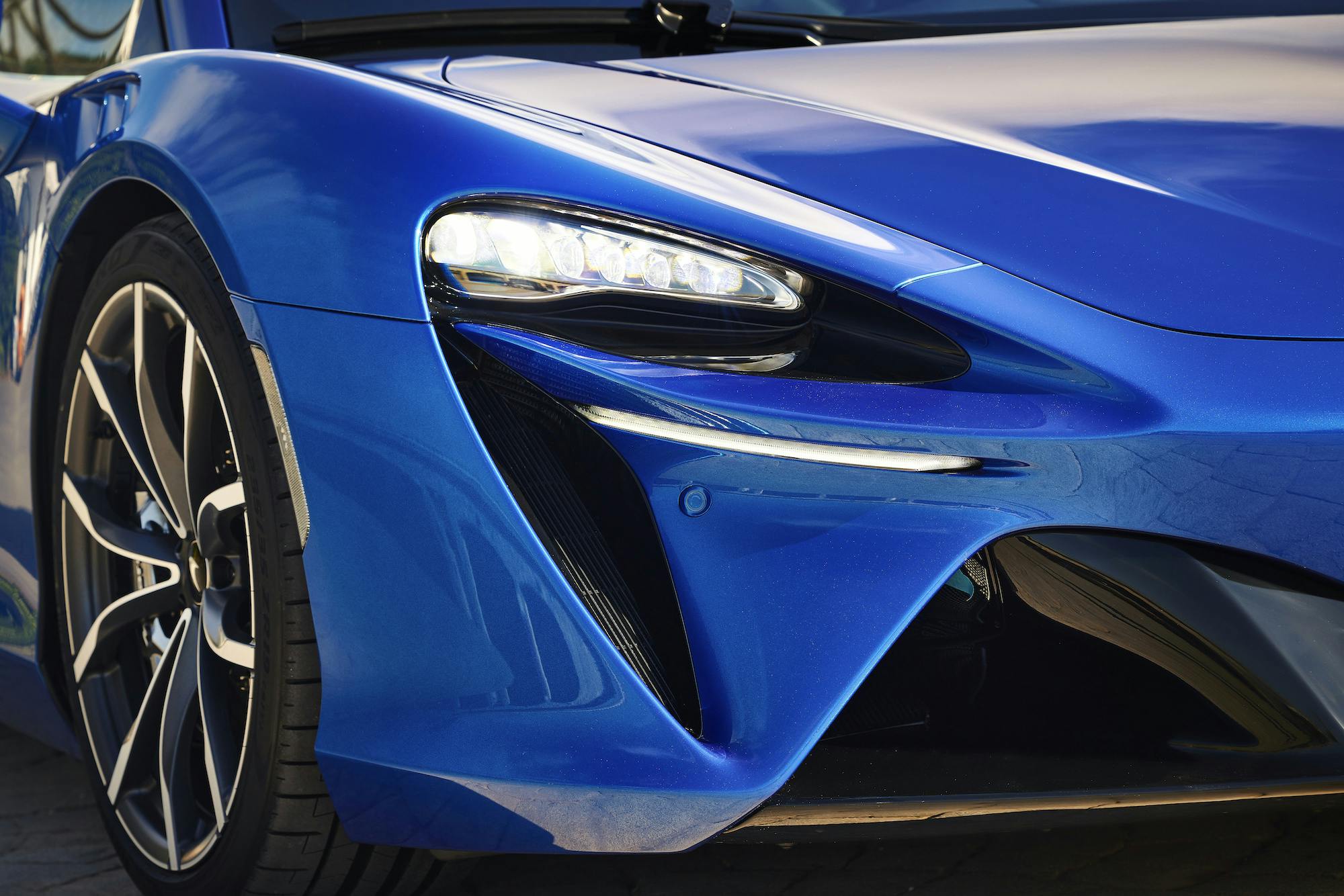
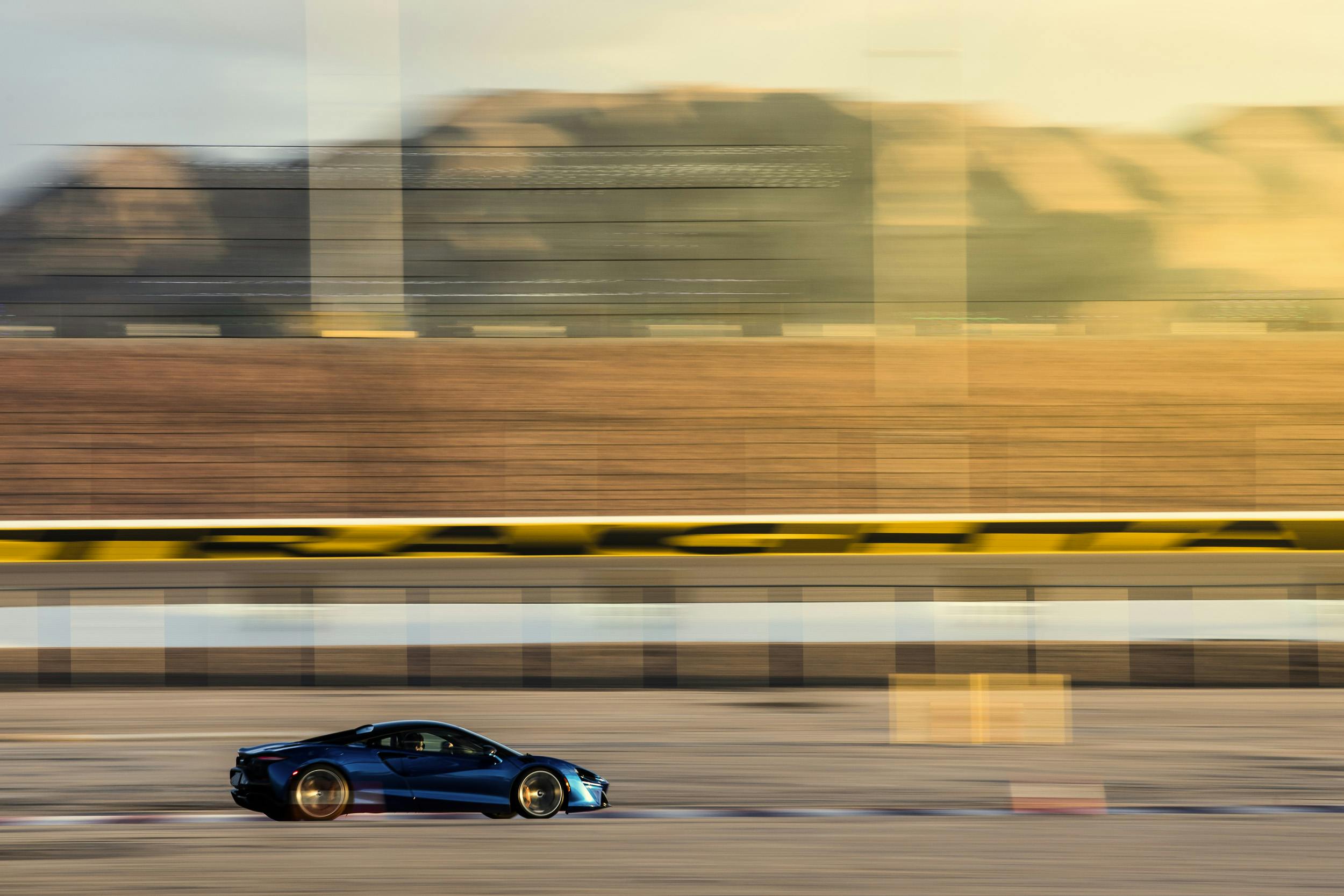


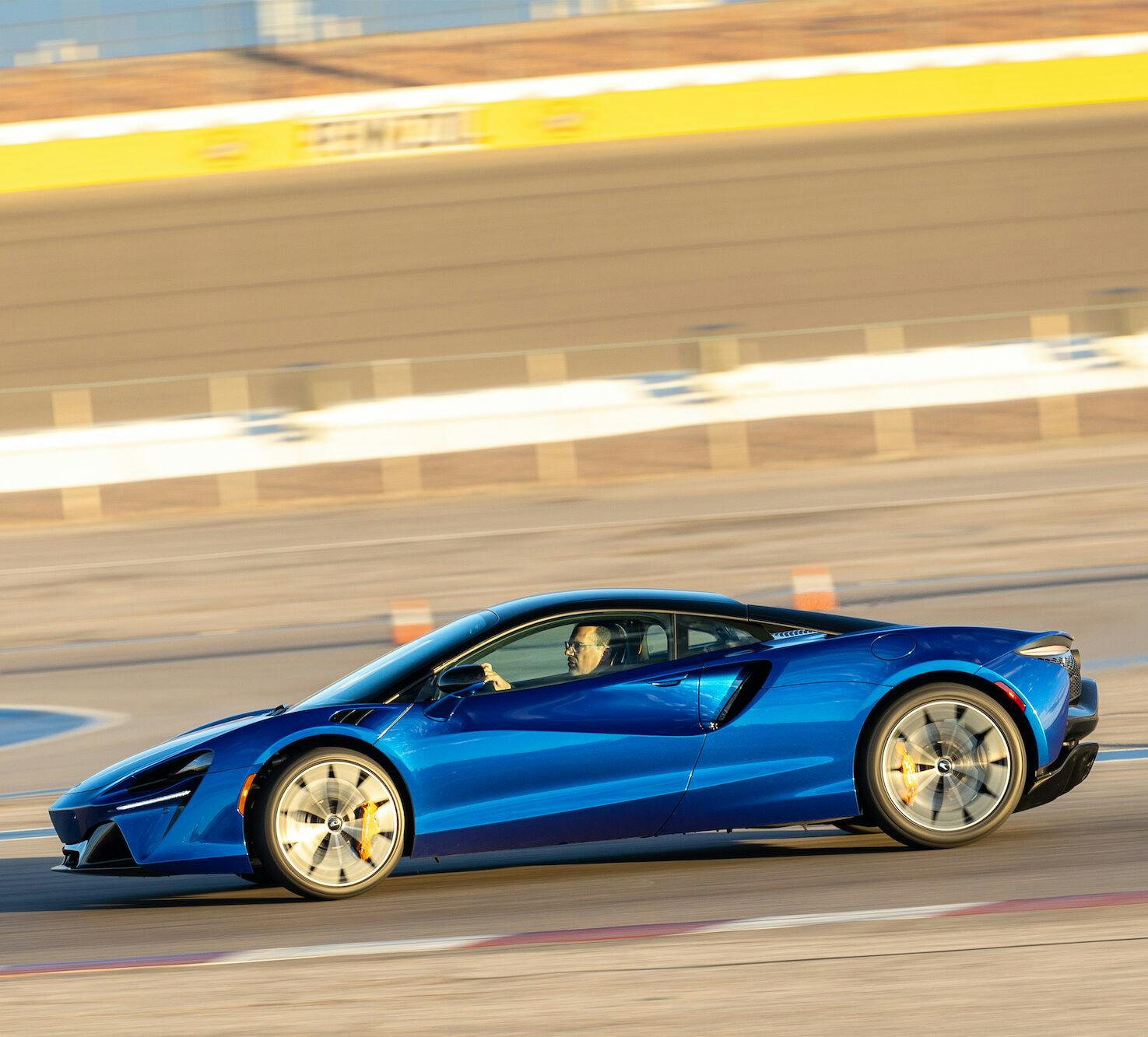
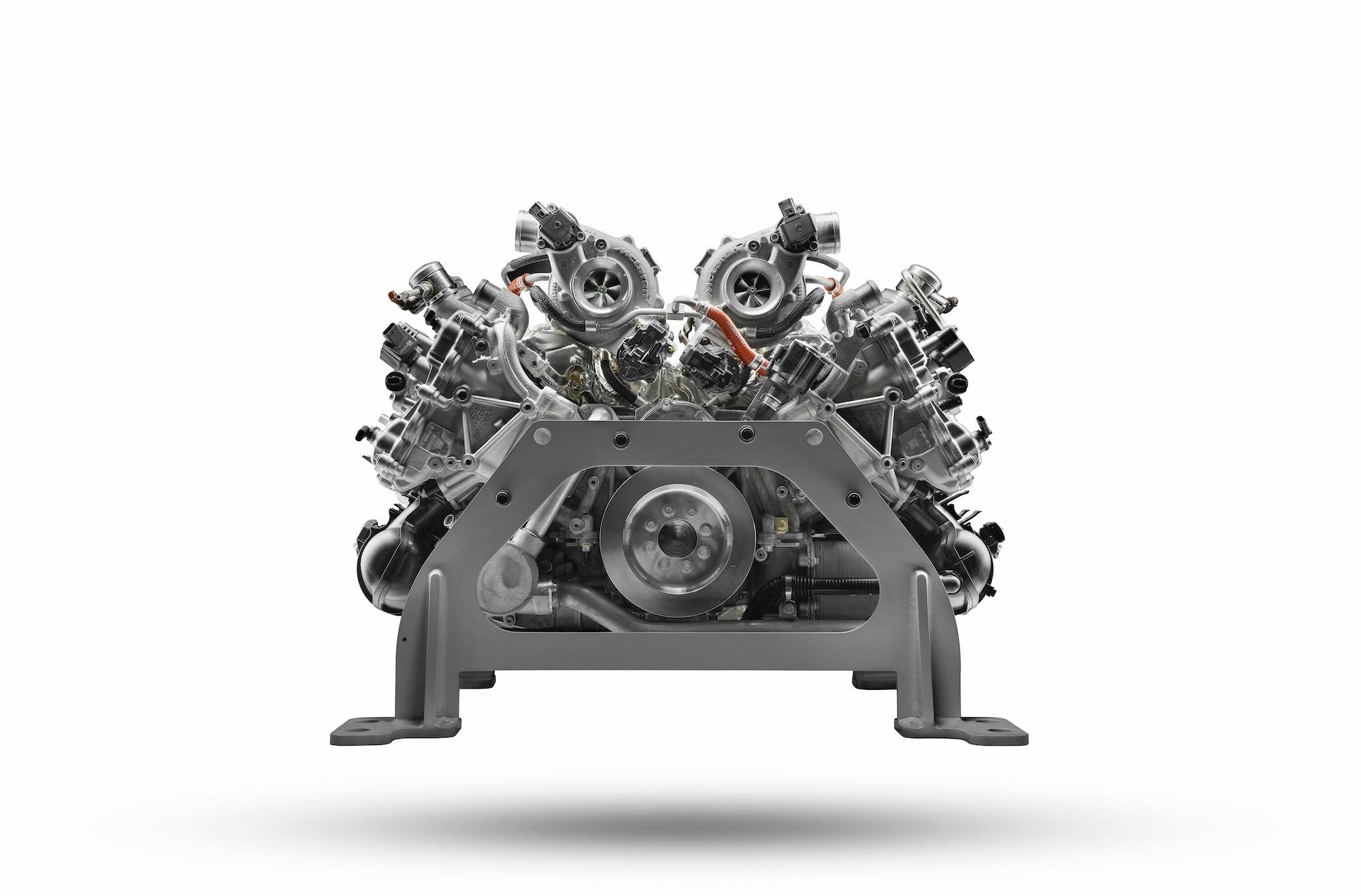
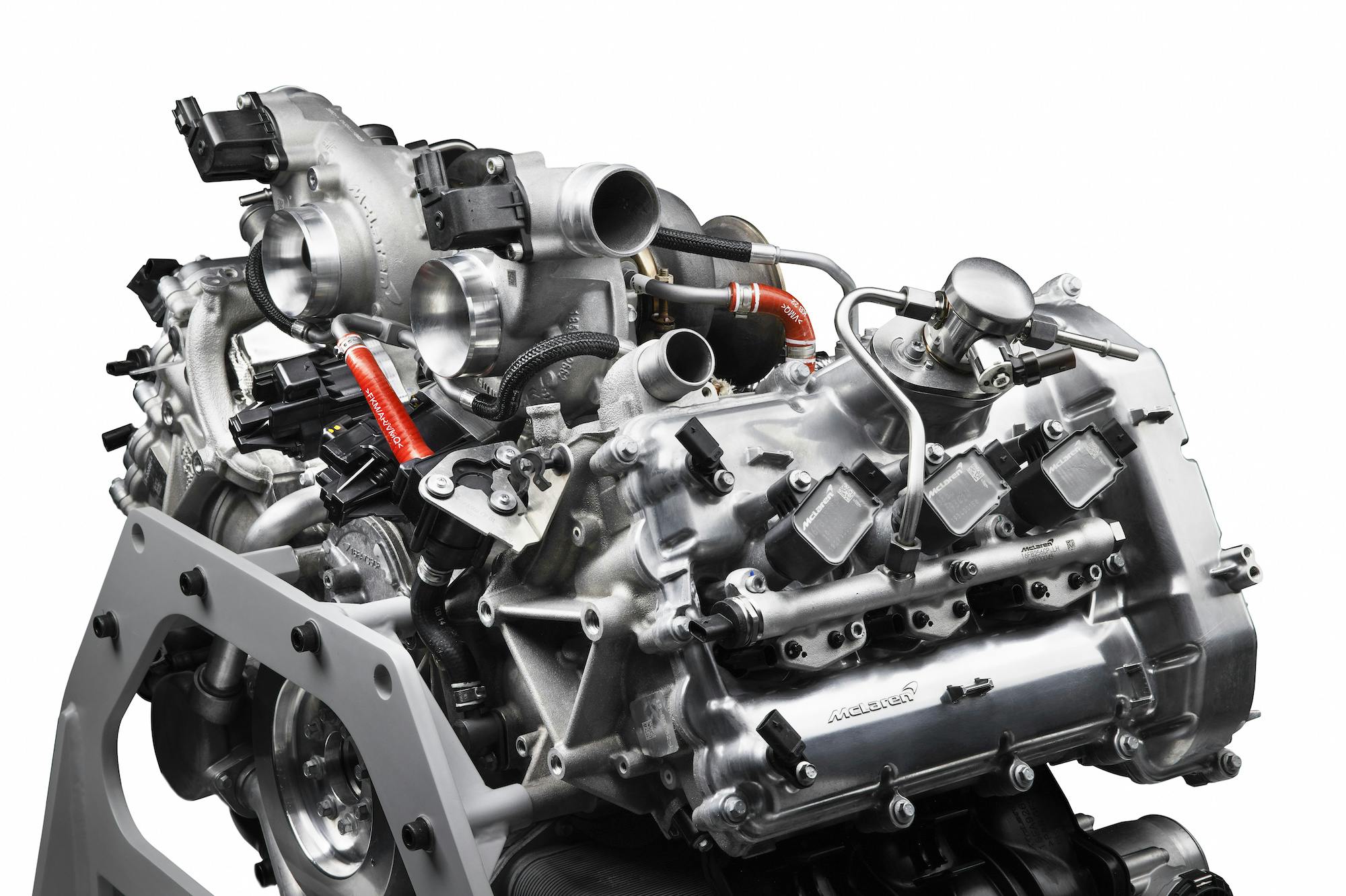
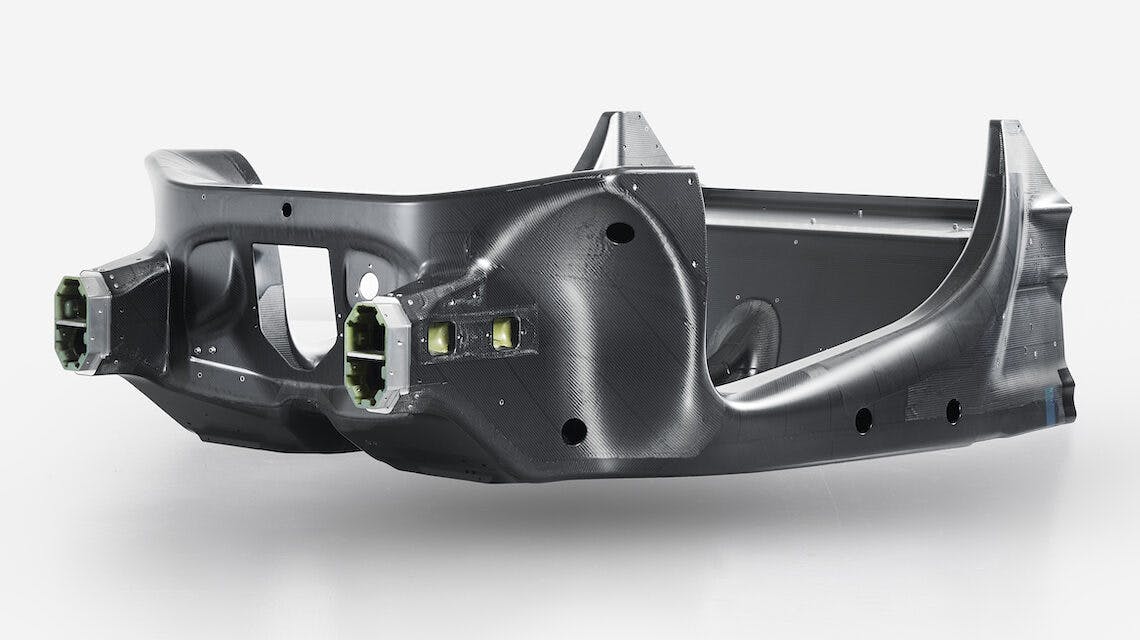

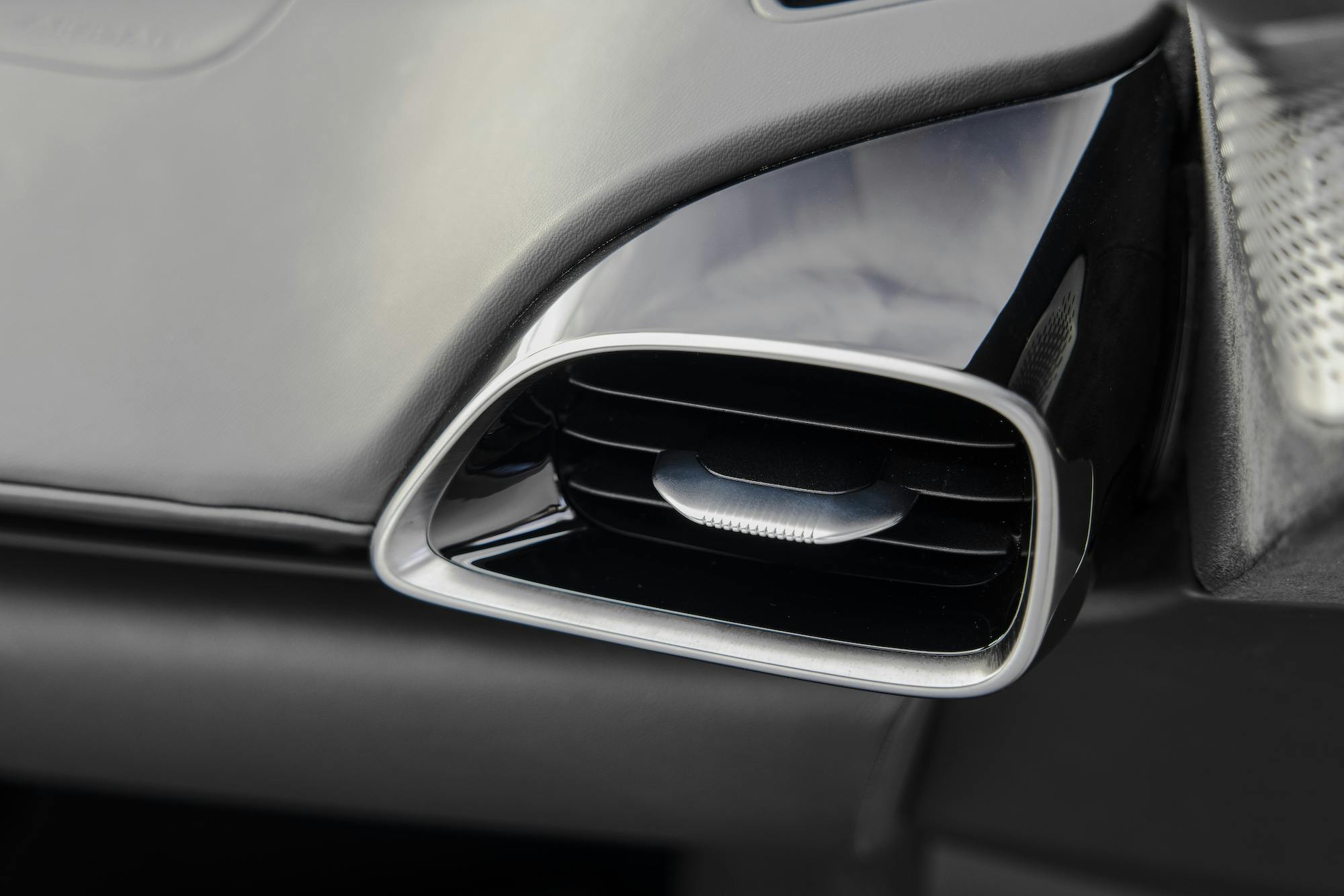
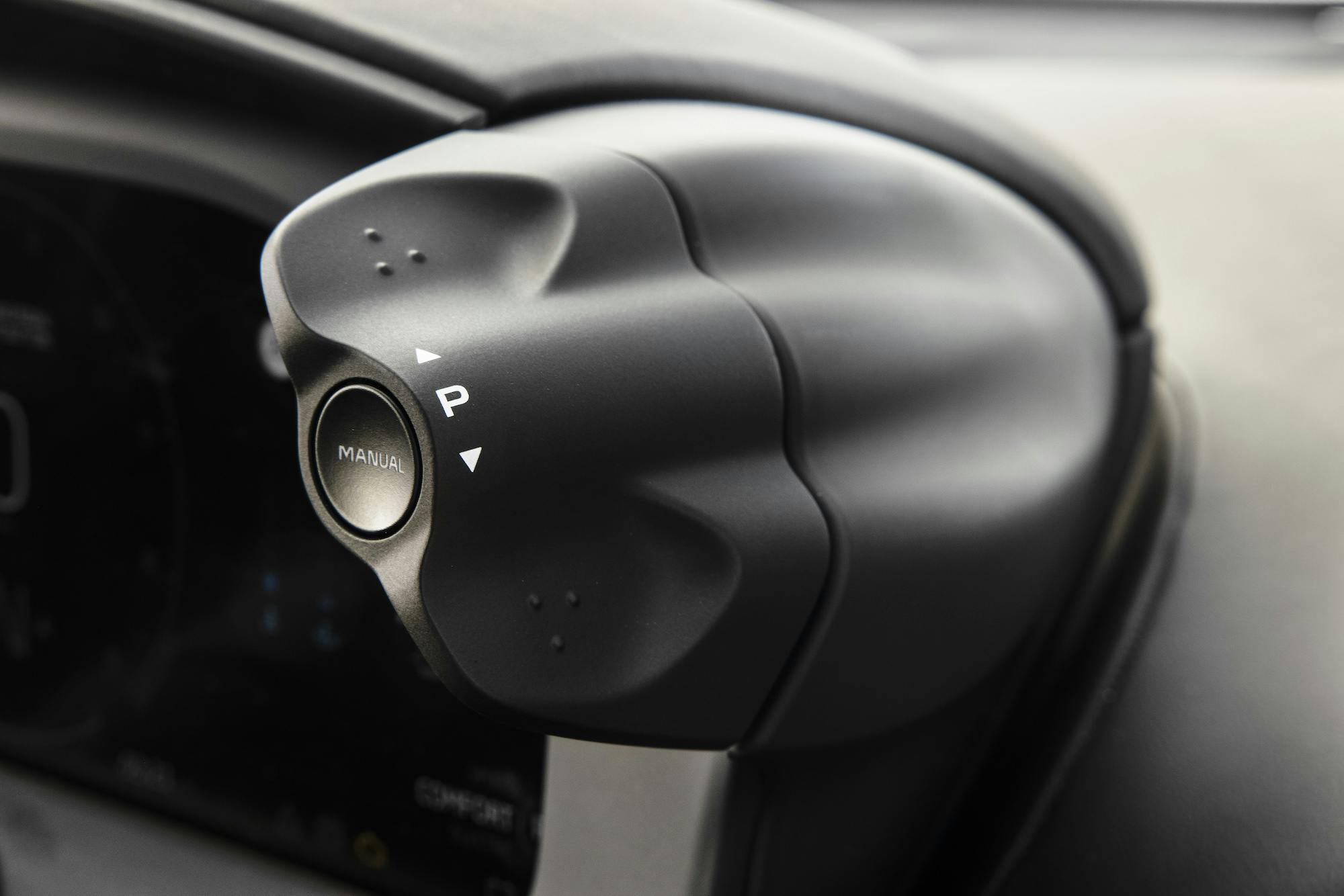
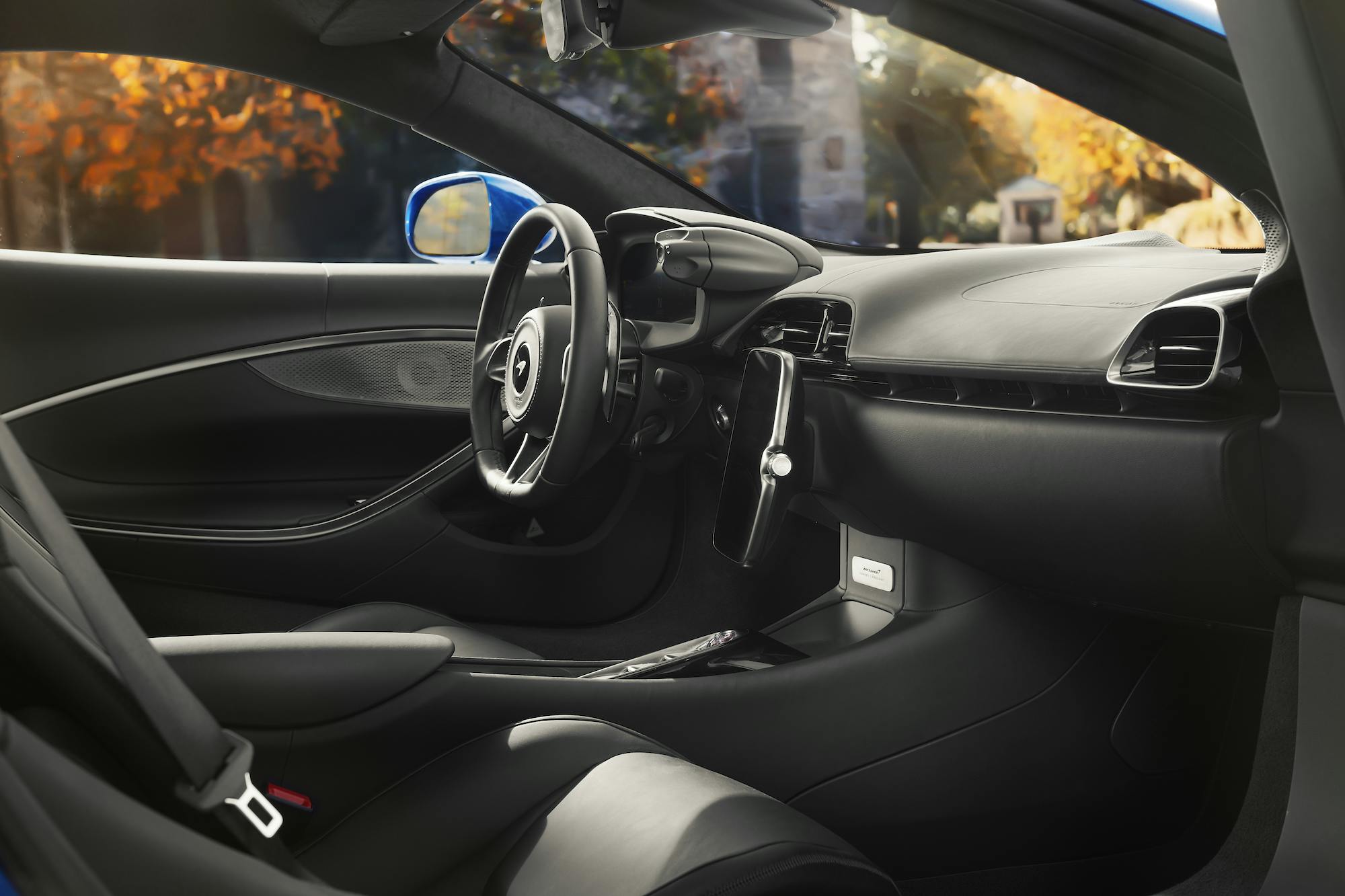

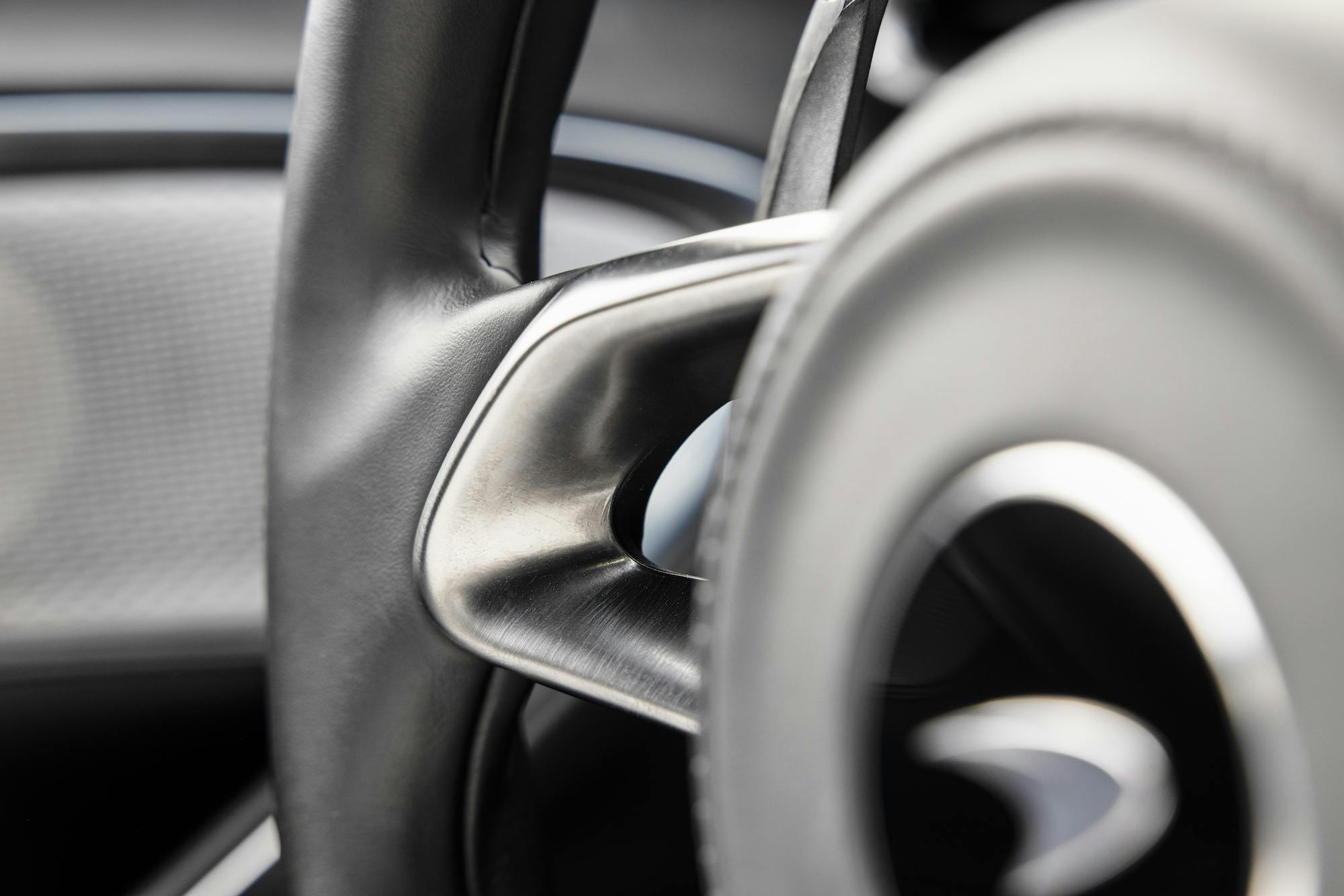
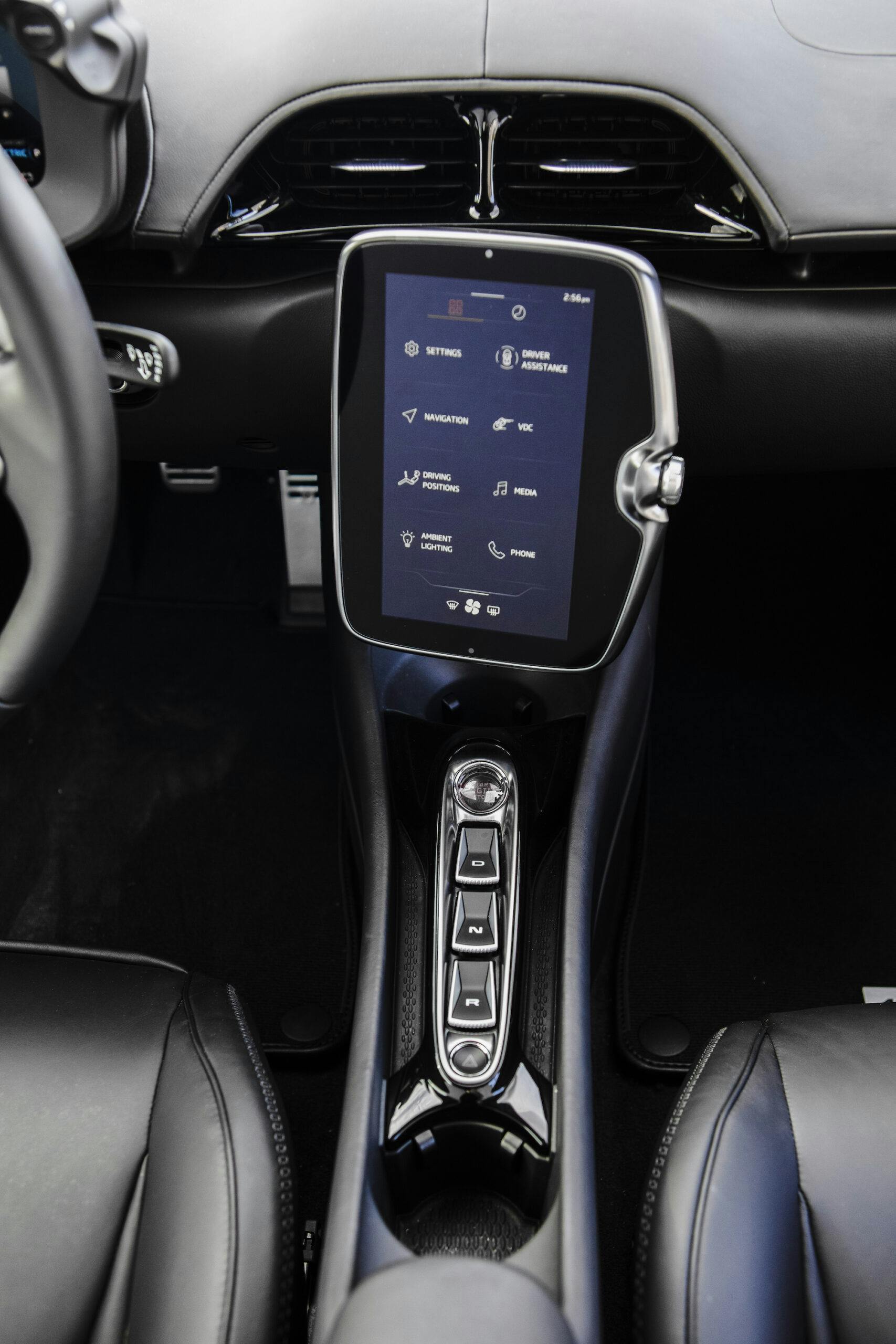
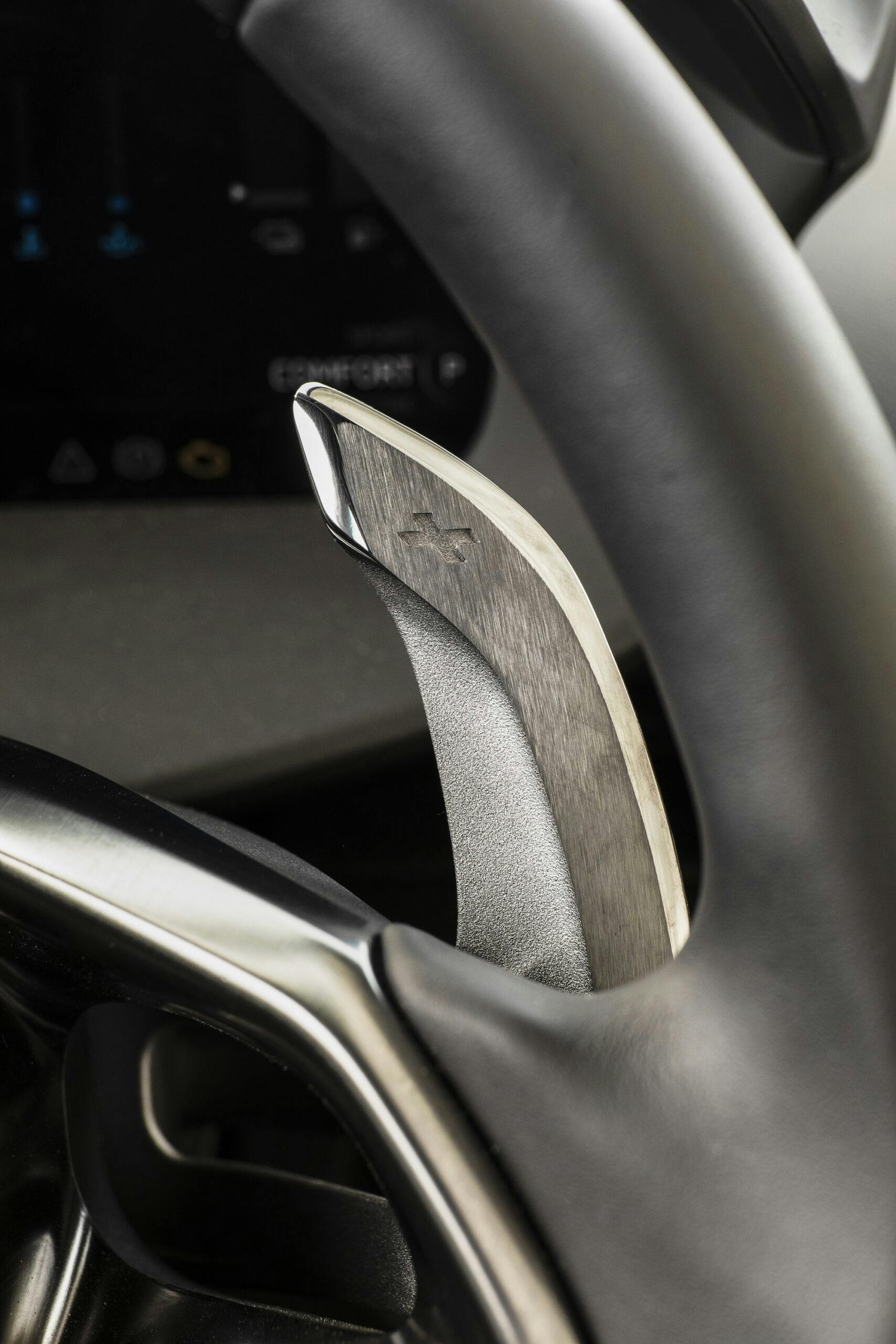
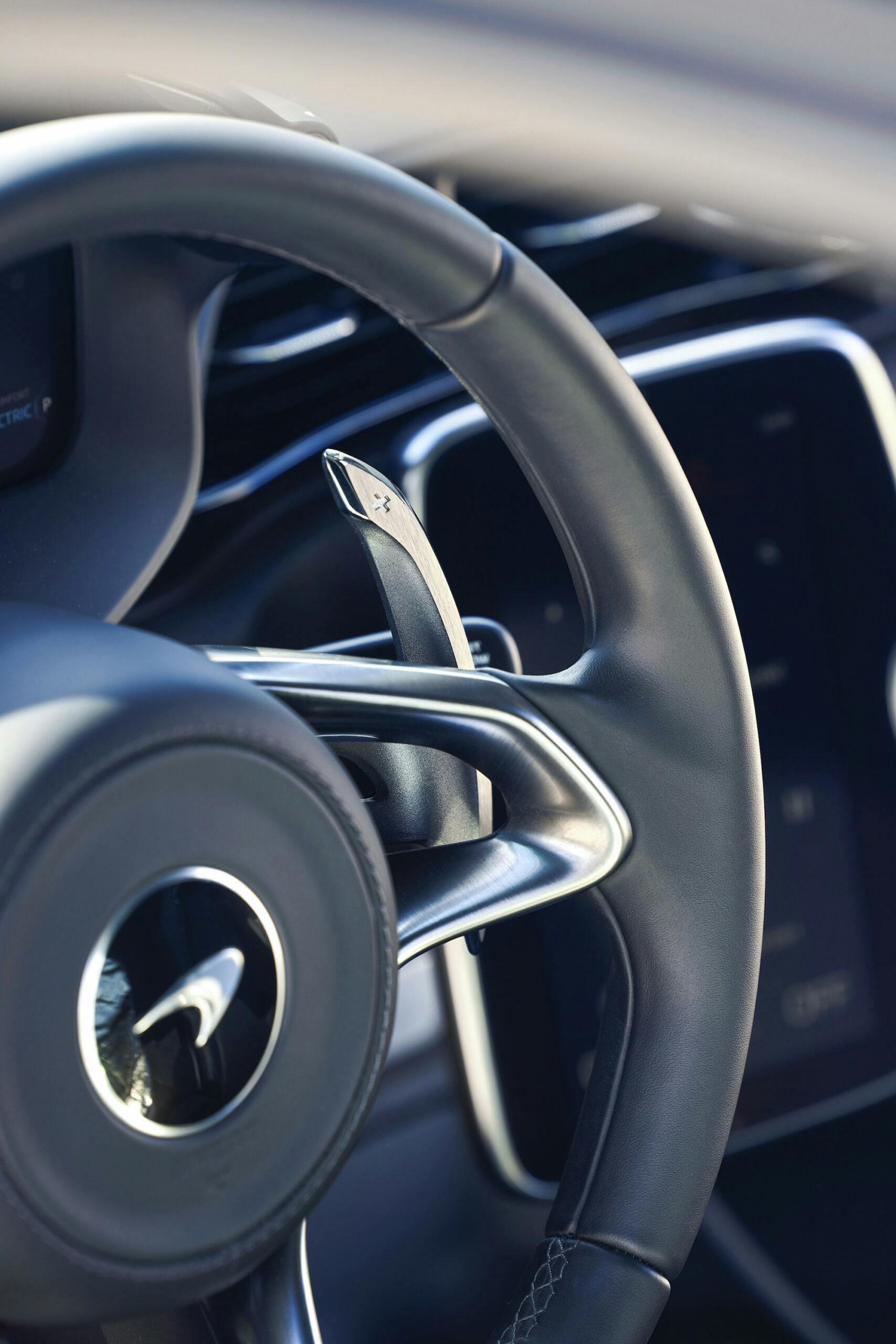
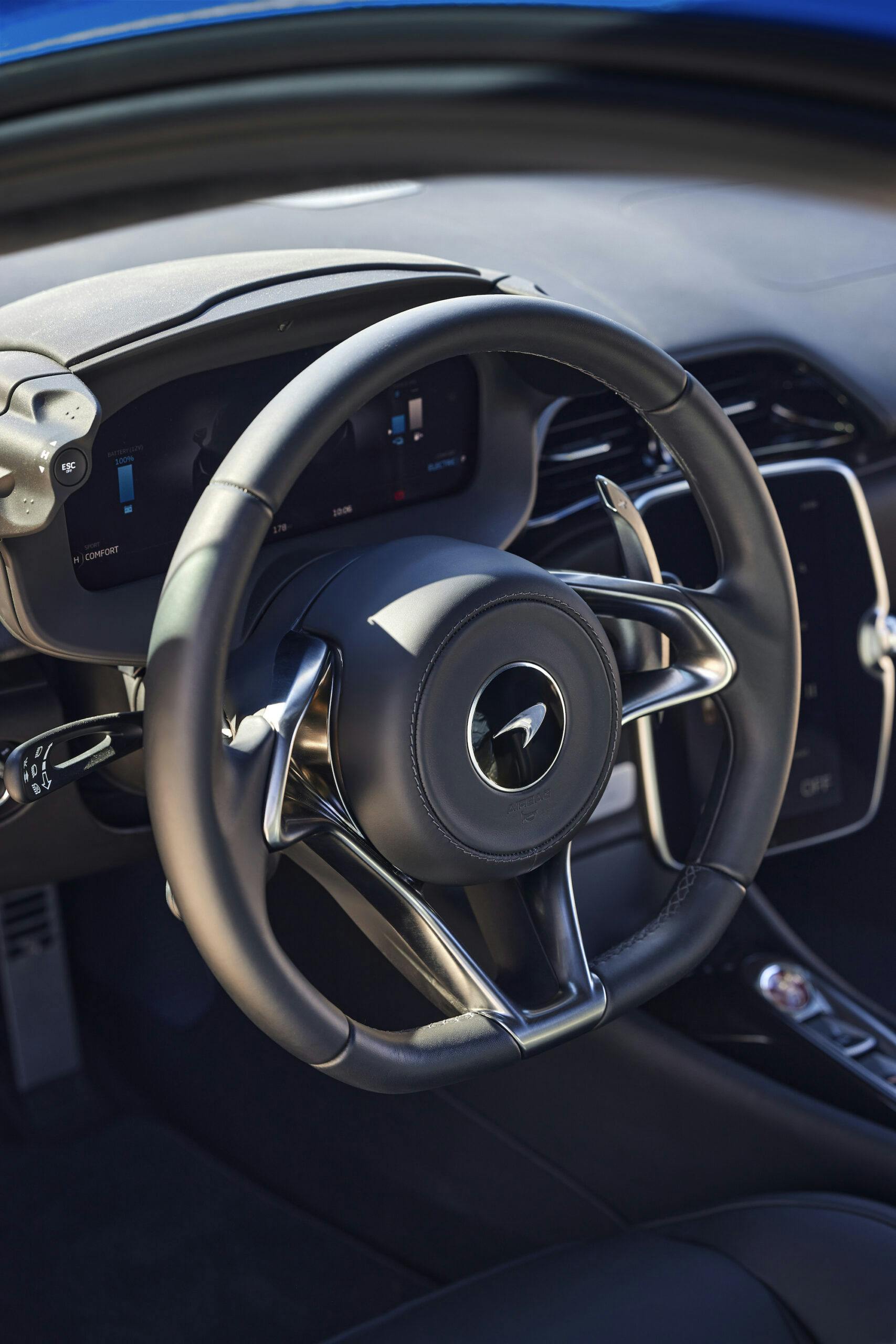
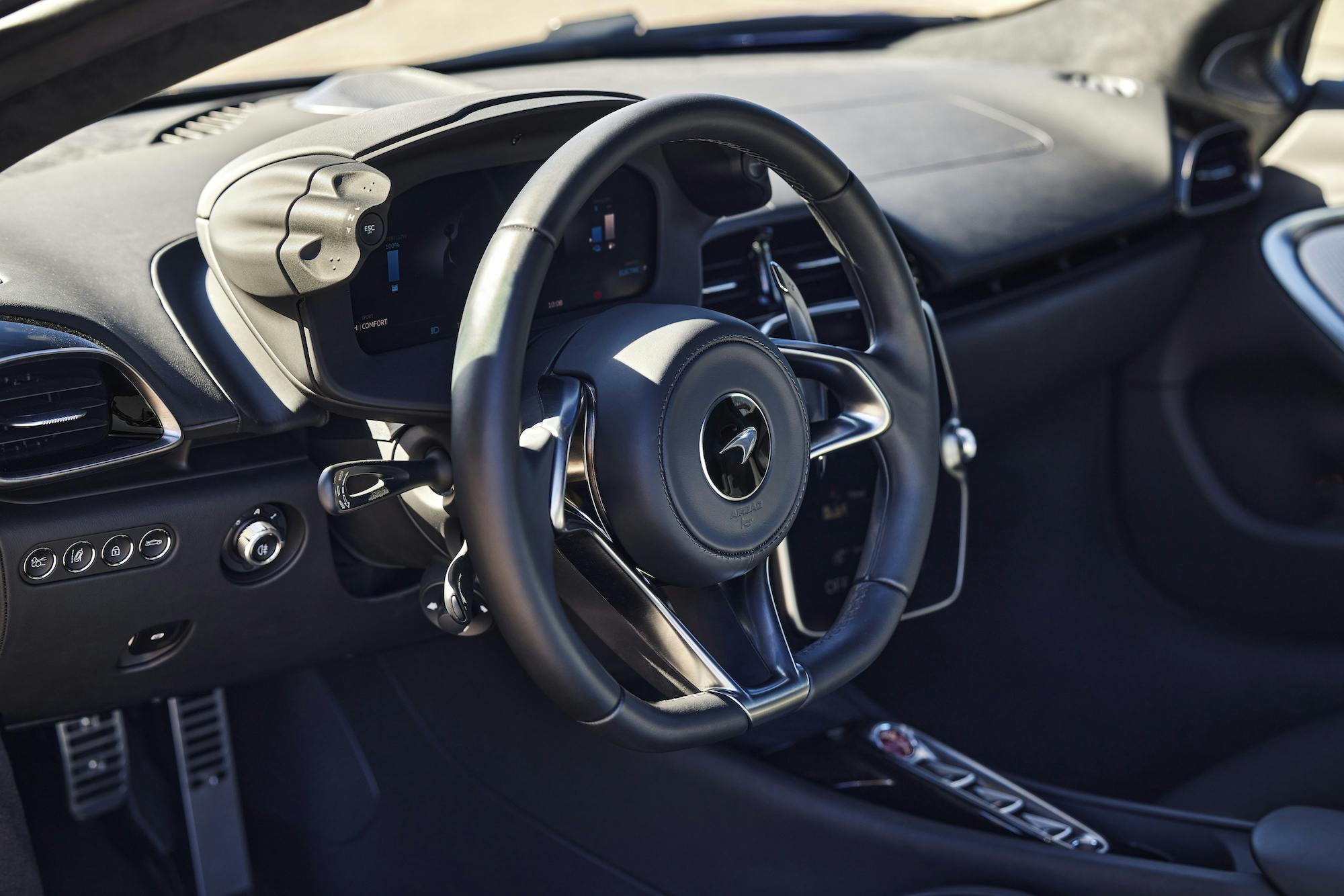
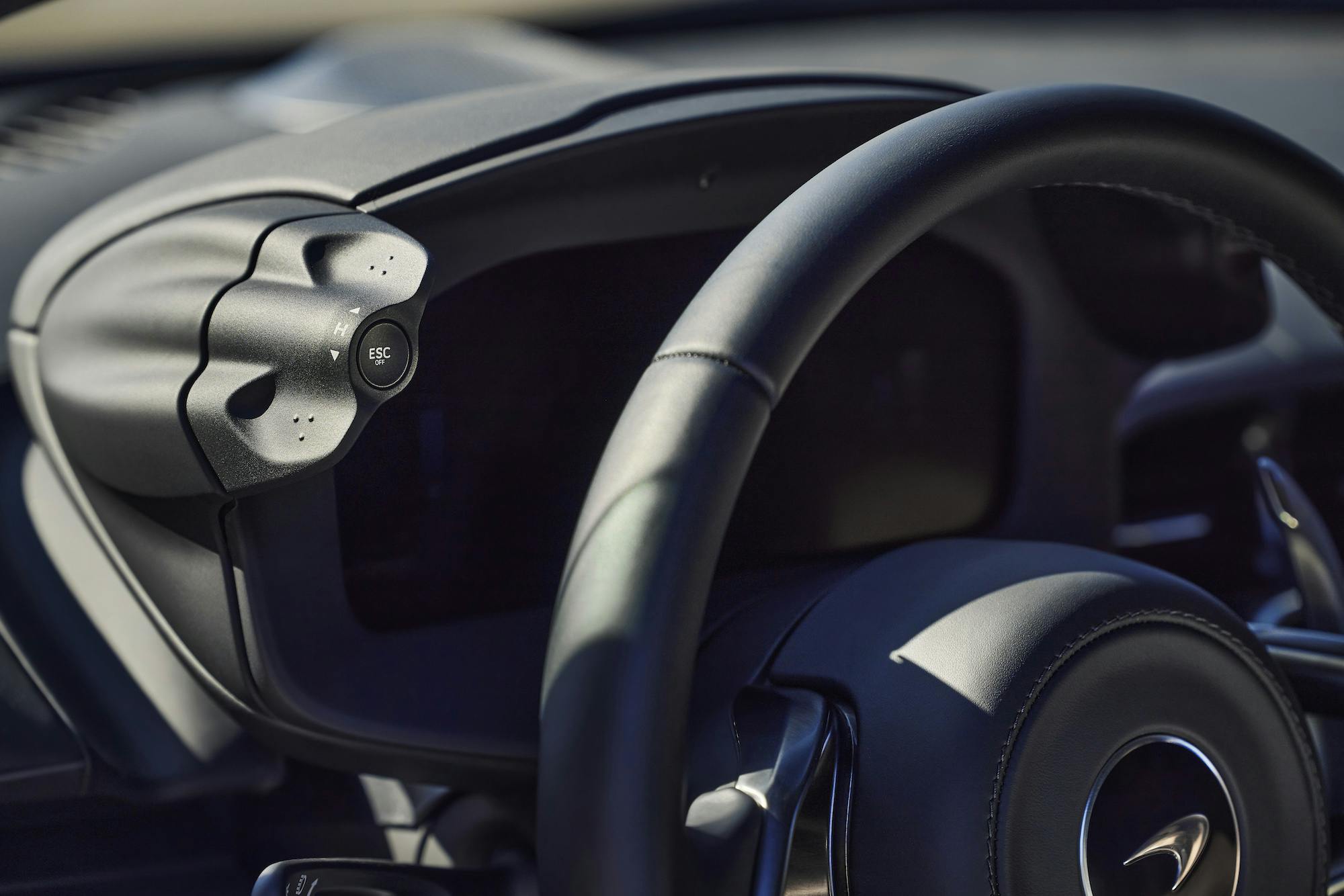
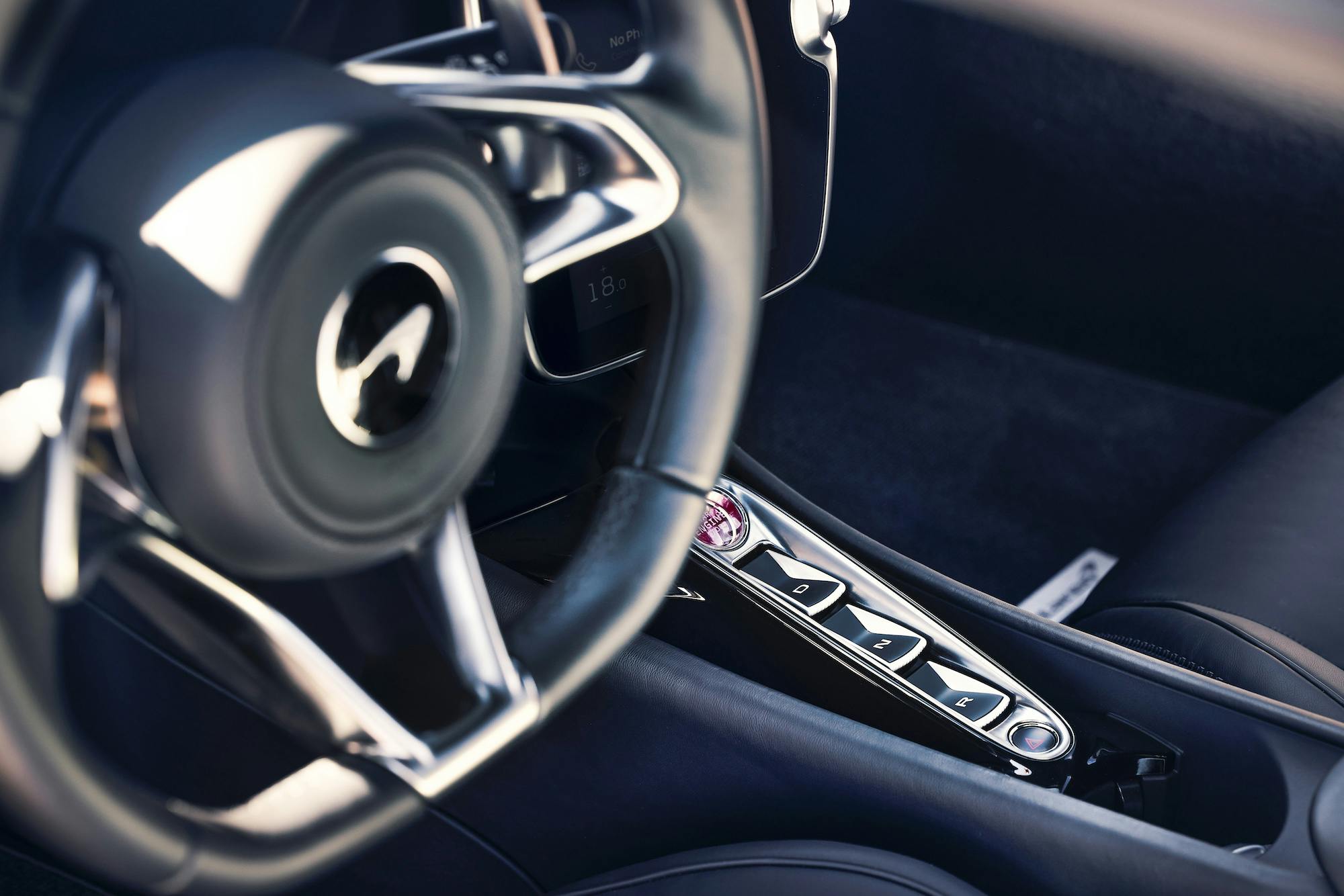
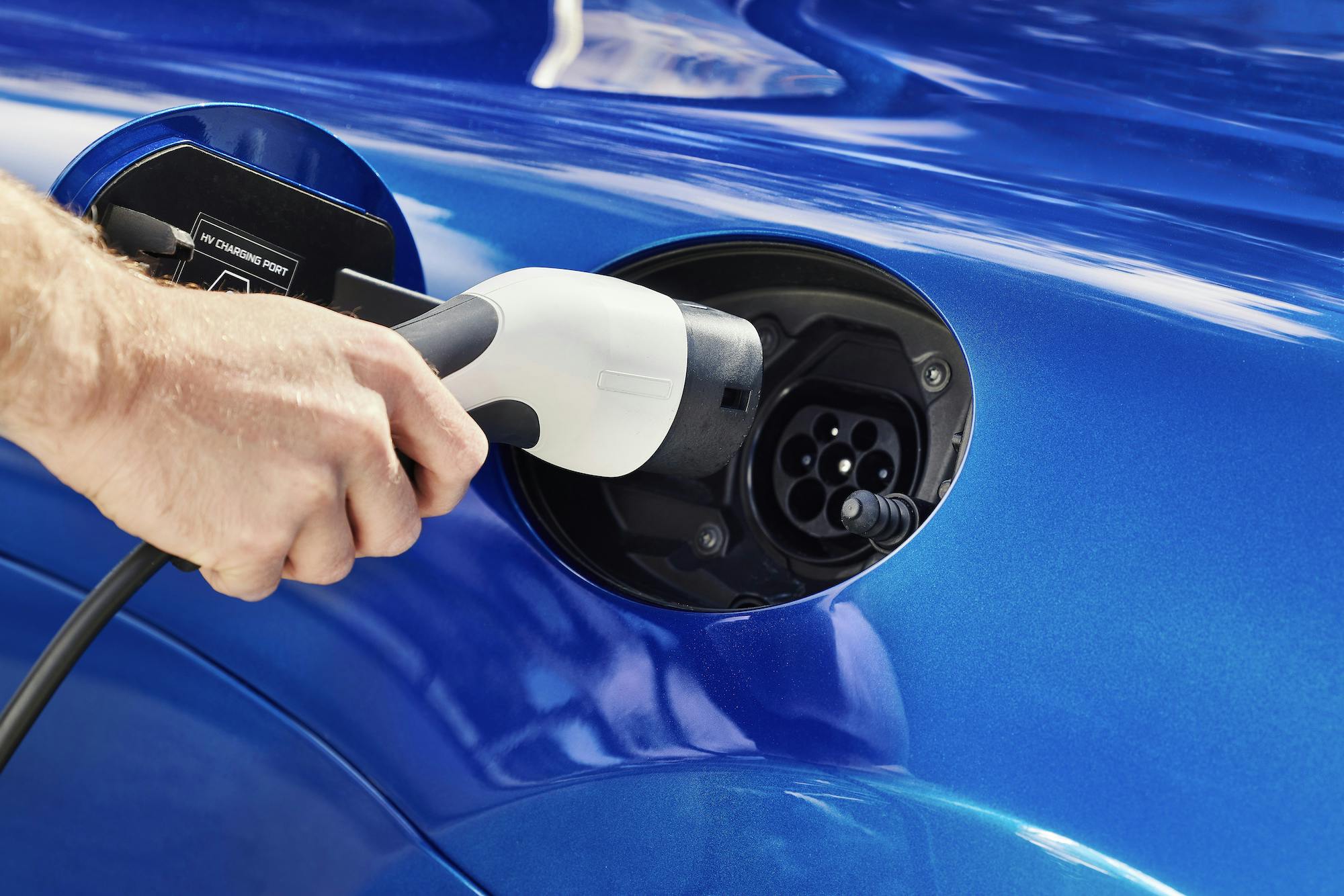

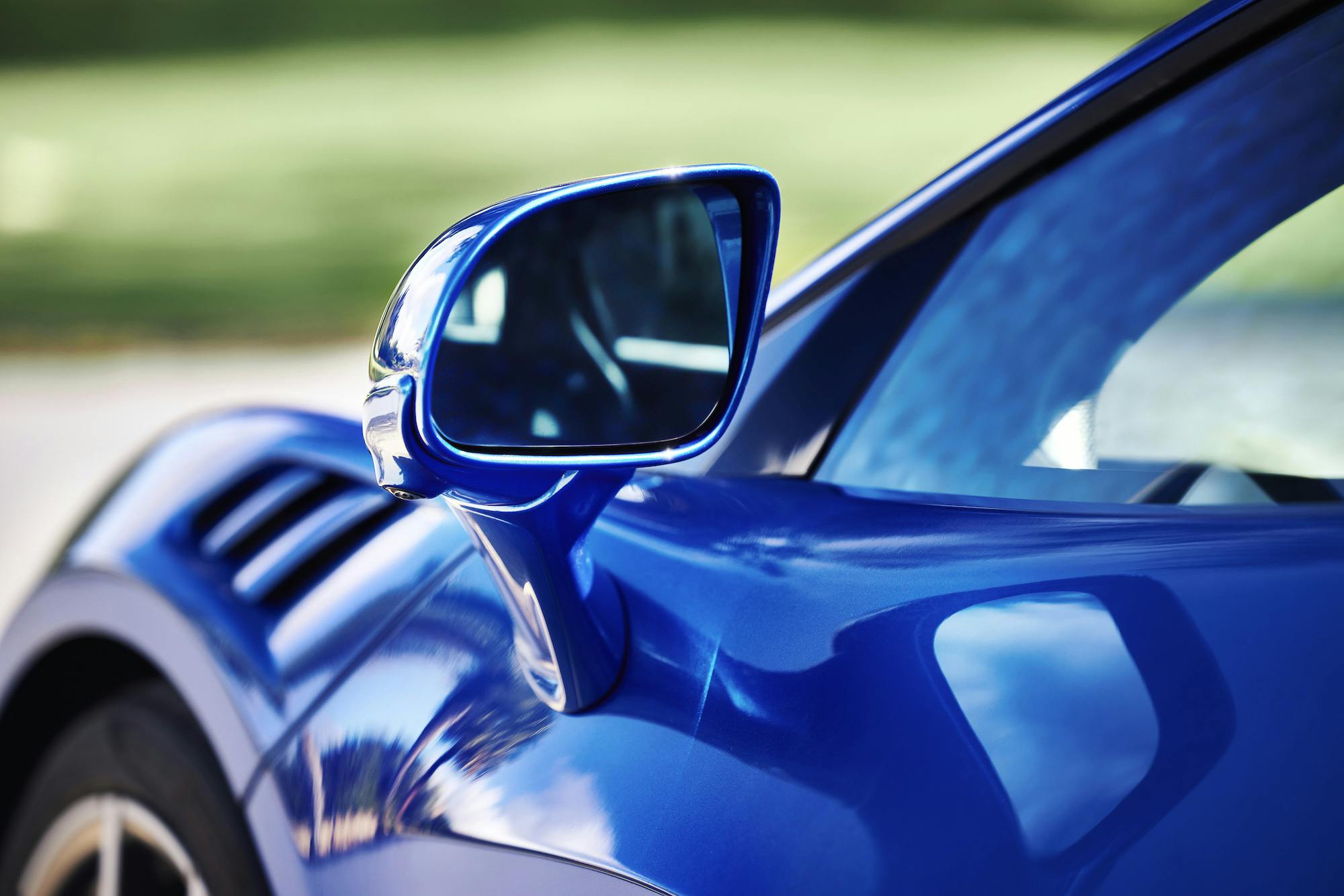

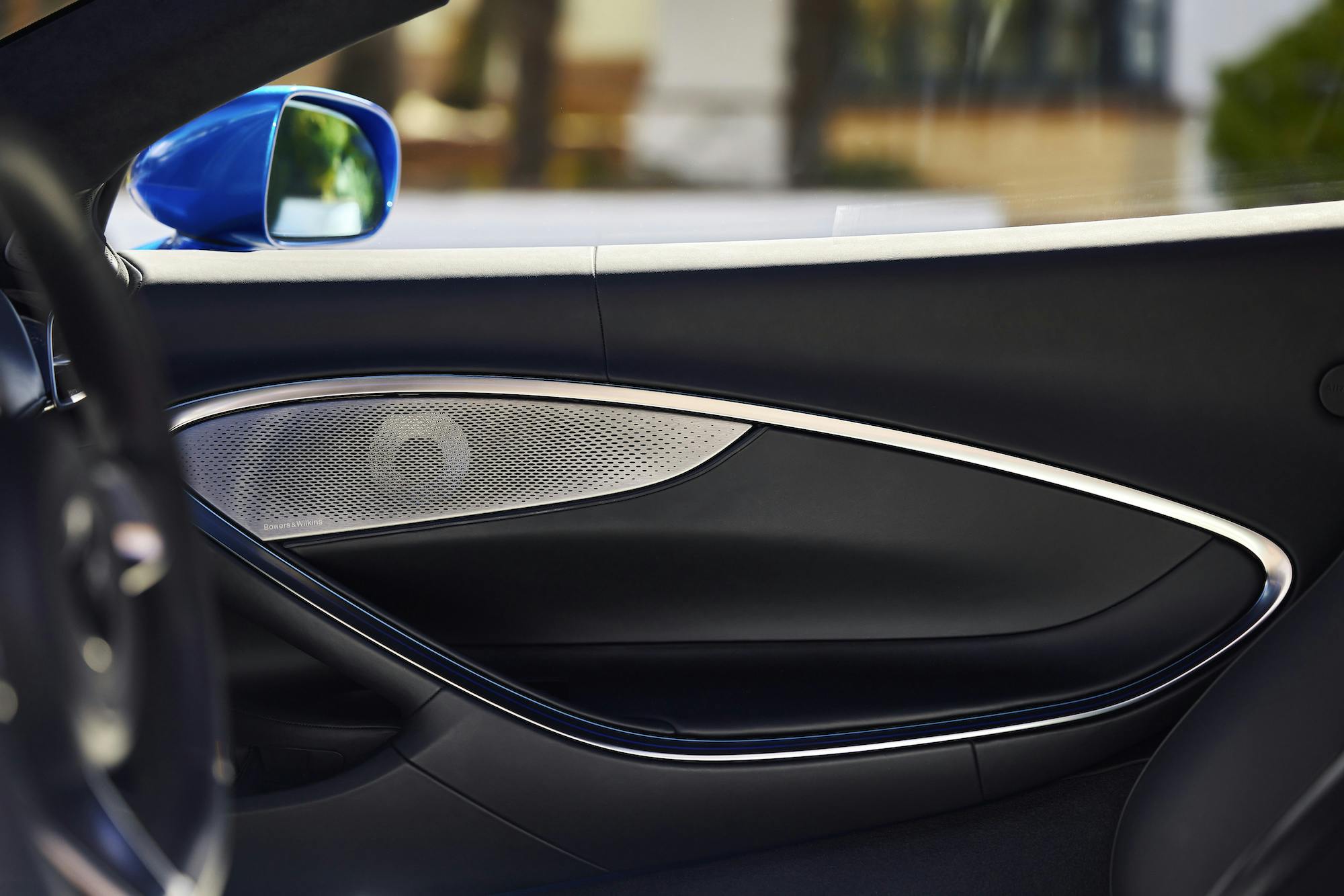

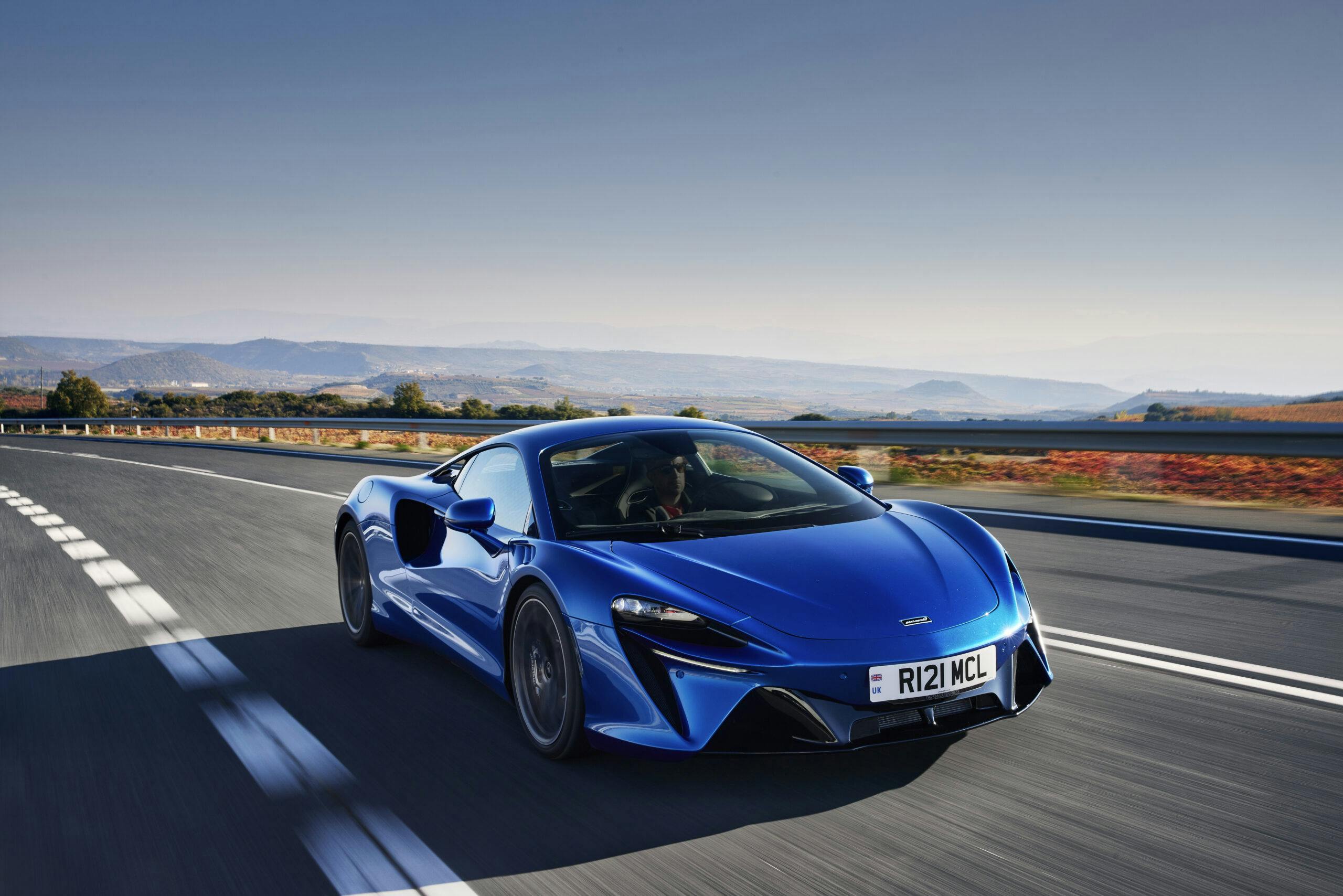
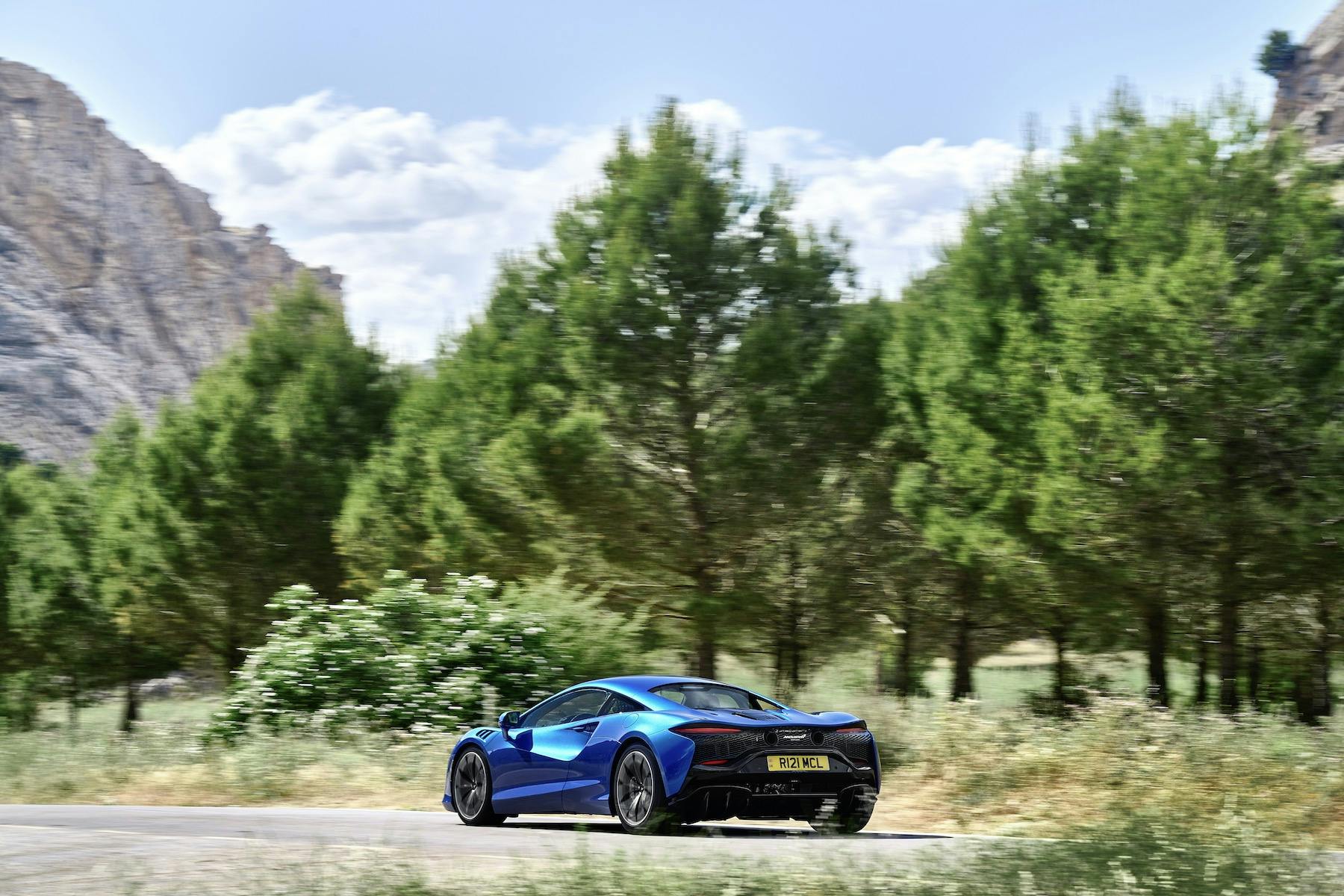
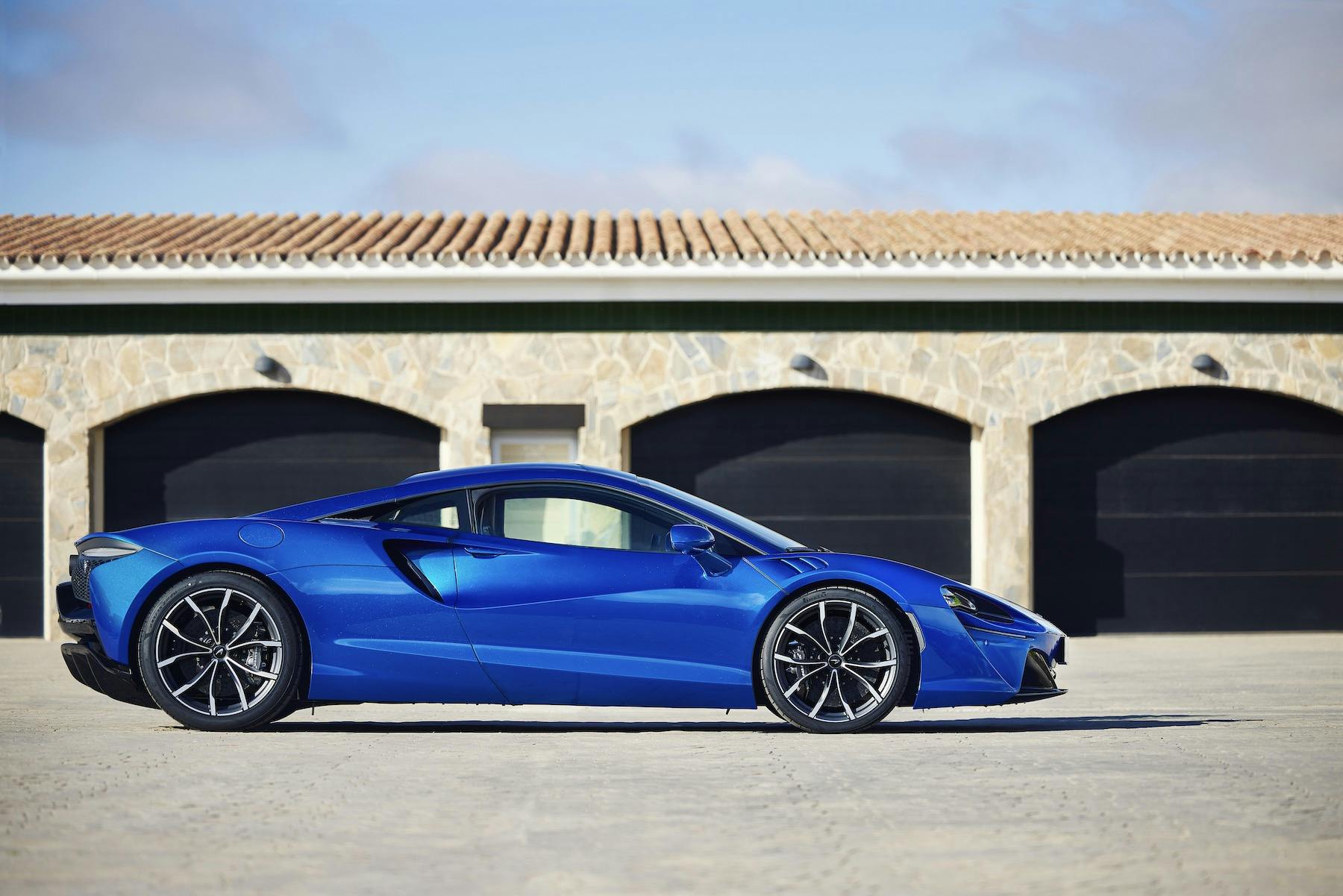
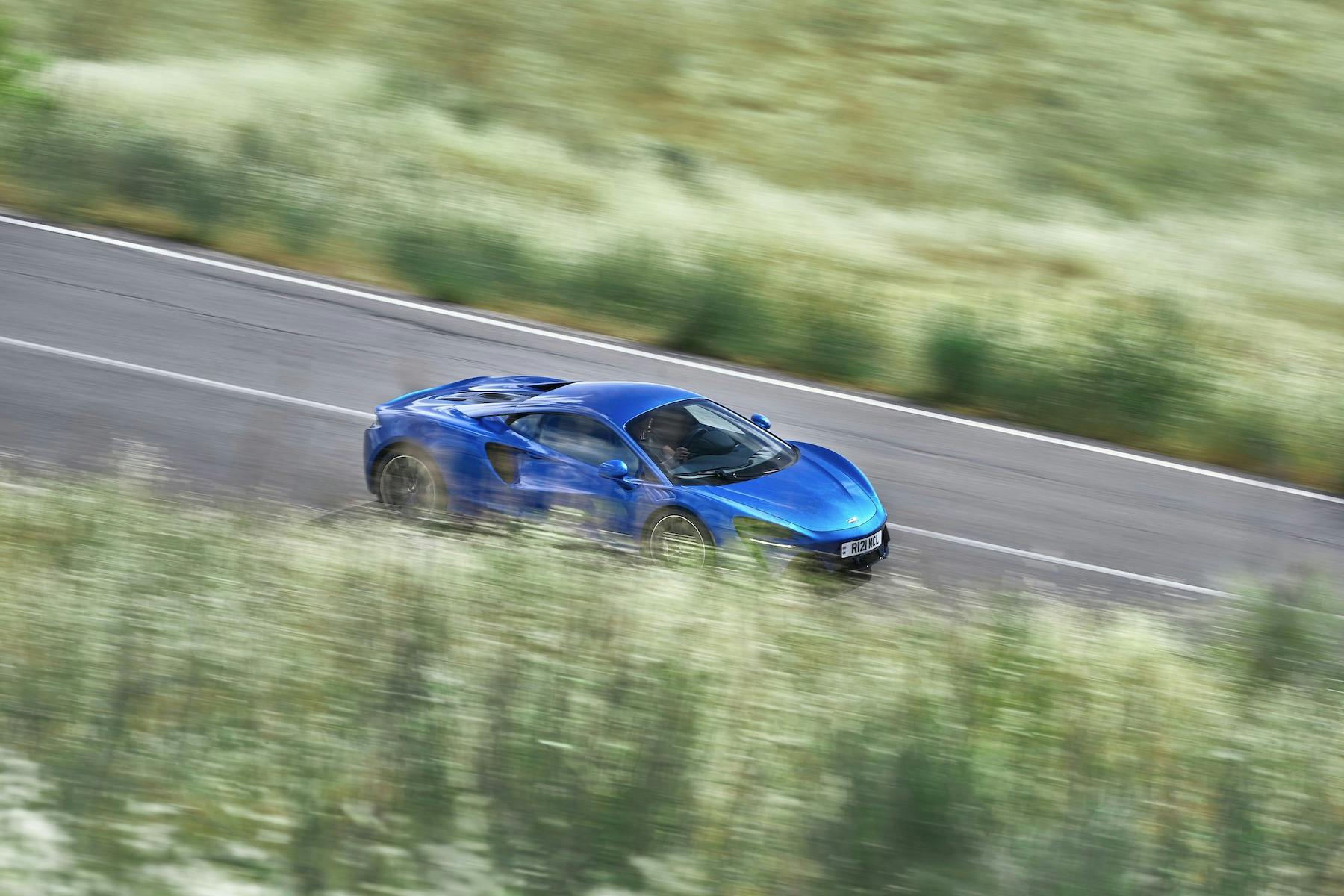
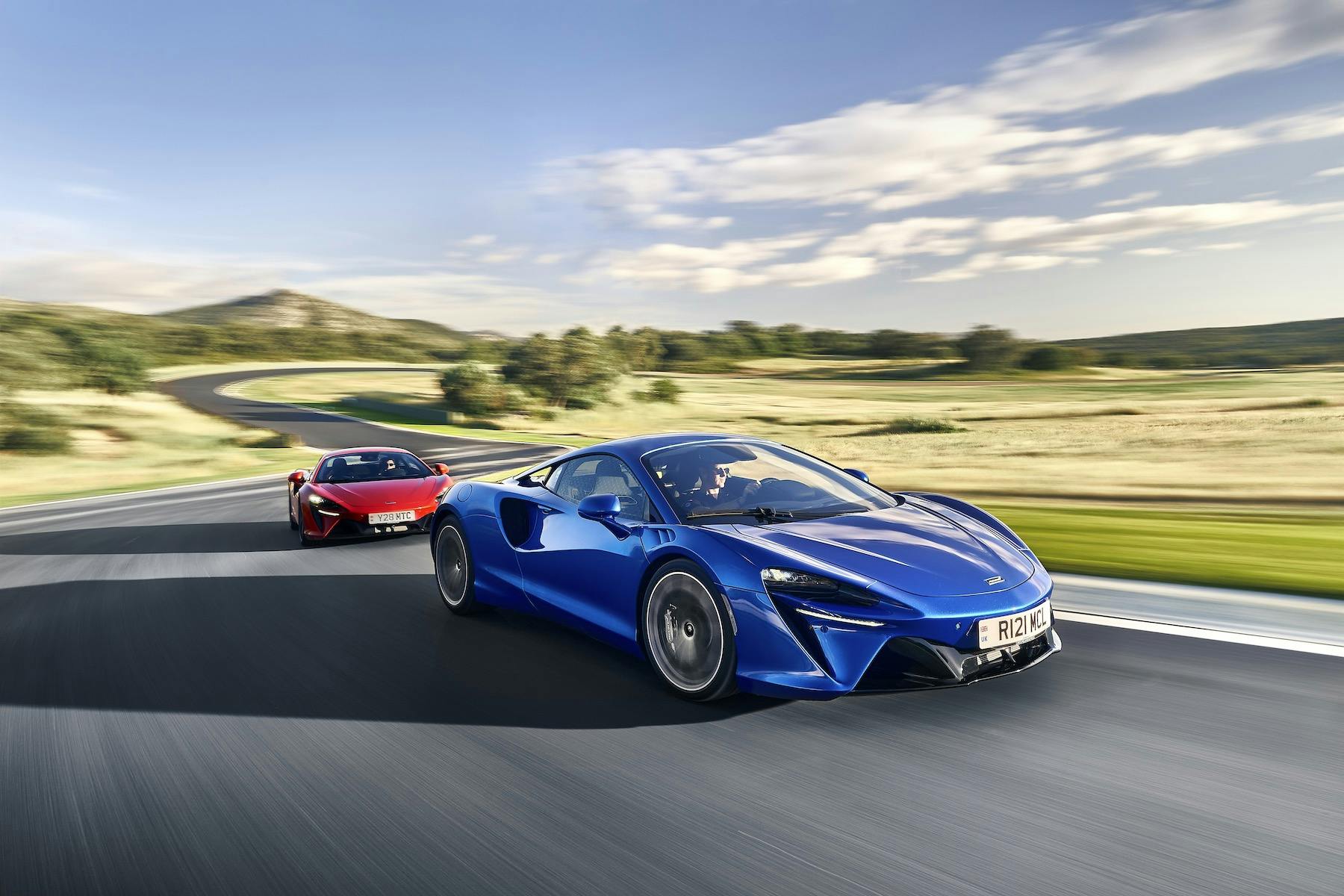
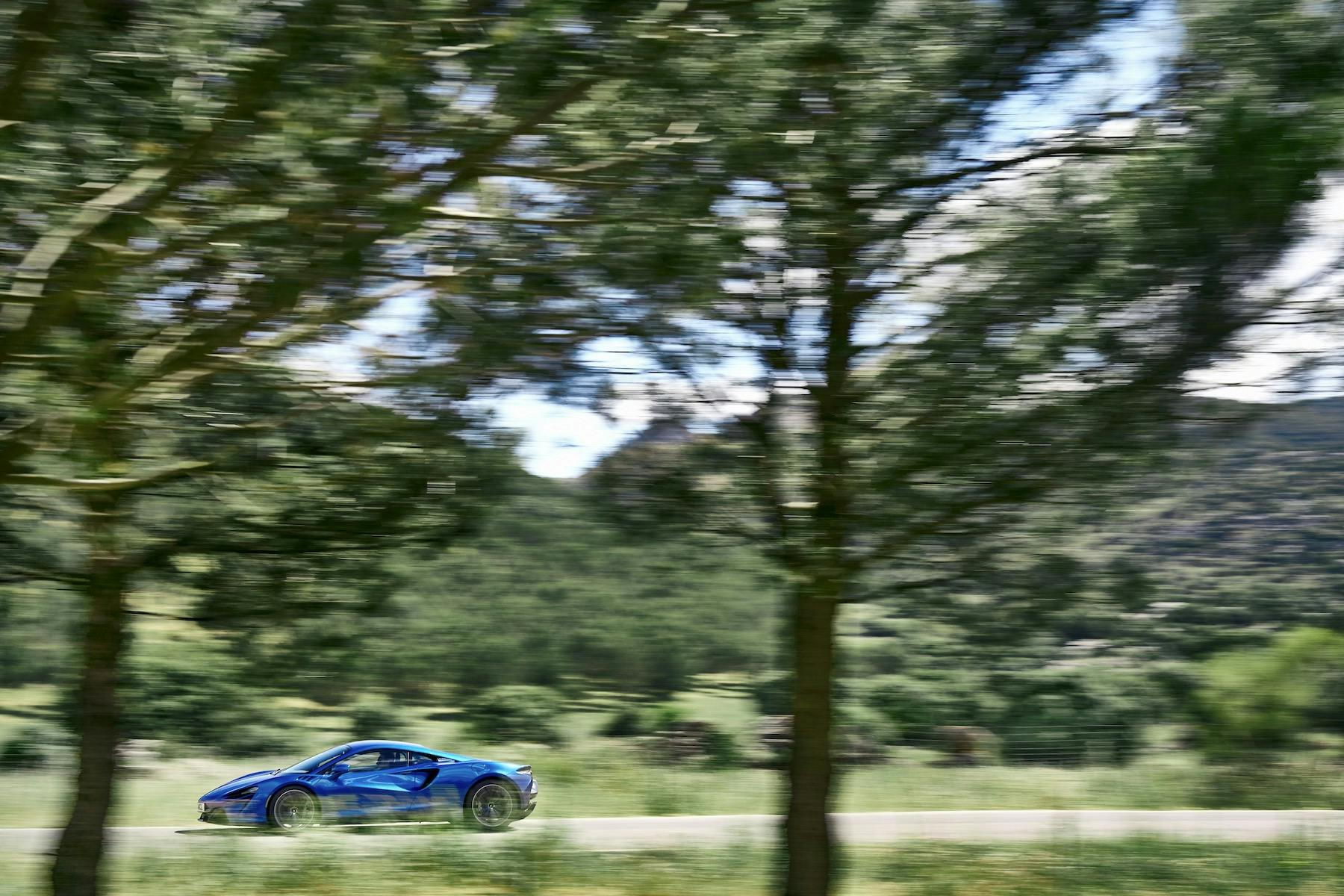


No thanks. Hybrids are fine but the whole plug-in kind losing performance at some point when the batteries are depleted is not something that interests me. If you have to have a cord go full EV.
Aaron: I am Saied Kashani, I believe we met at a Lamborghini club breakfast some years back, I have a 1971 white Espada. I read your article about possibly converting an old Espada to EV. This is also a plan of mine. Can we compare notes? Maybe I can buy one of the three Espadas you have in storage.